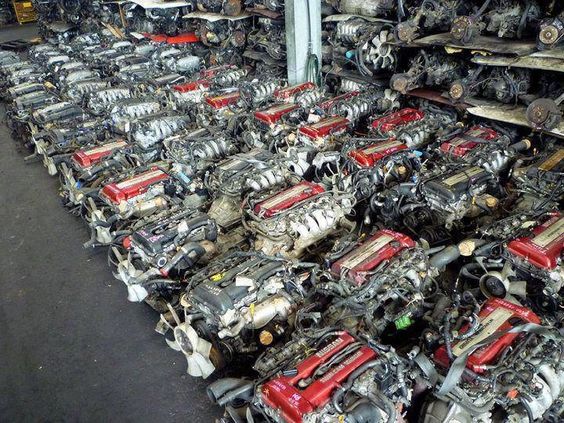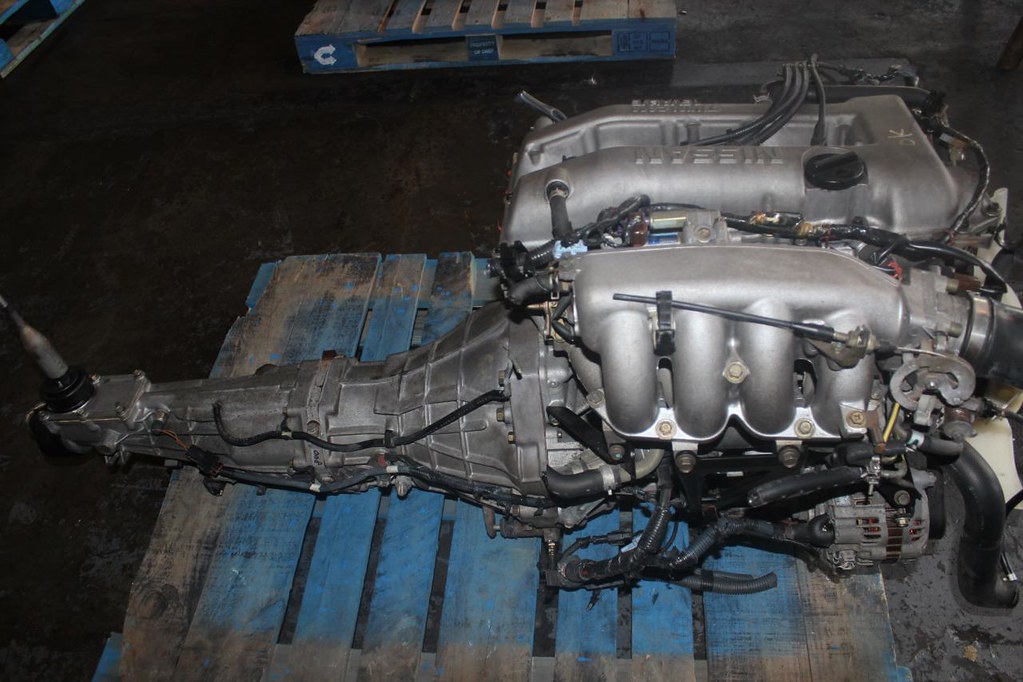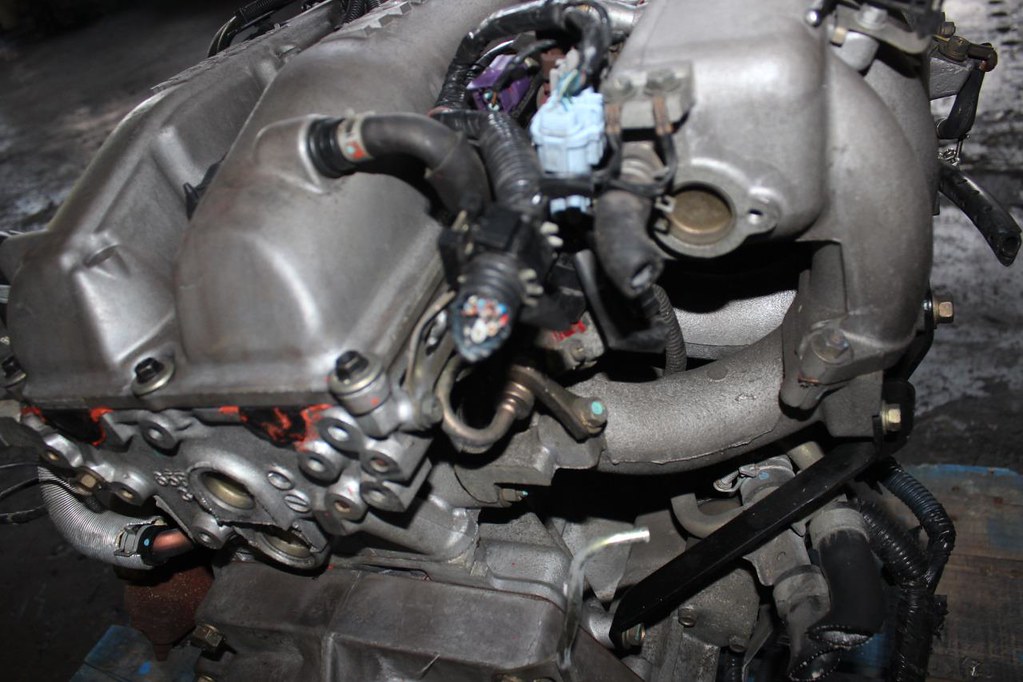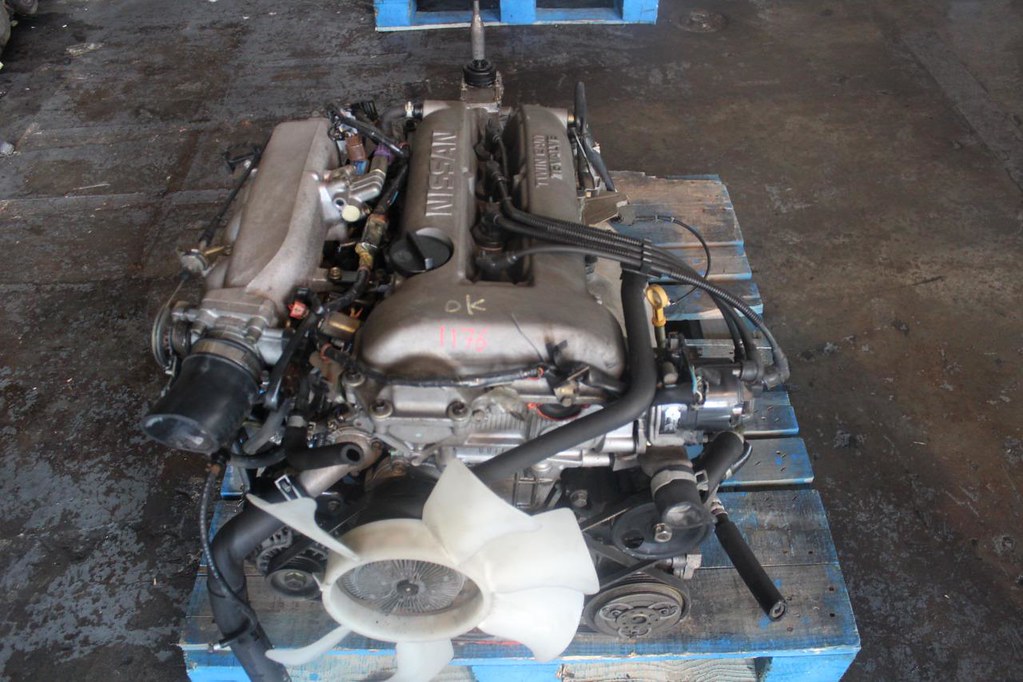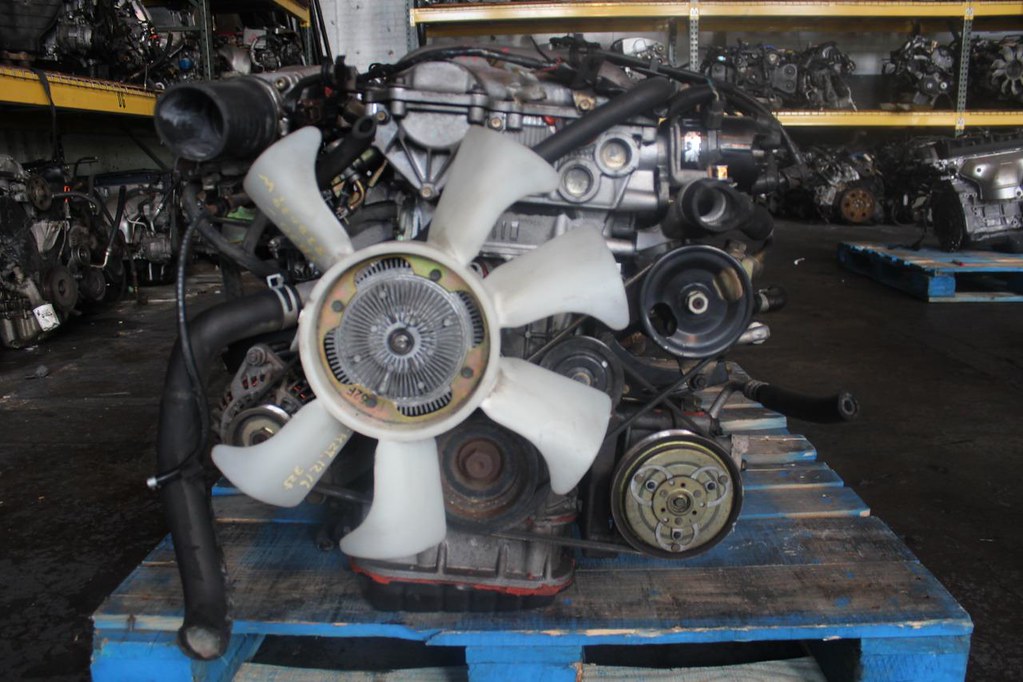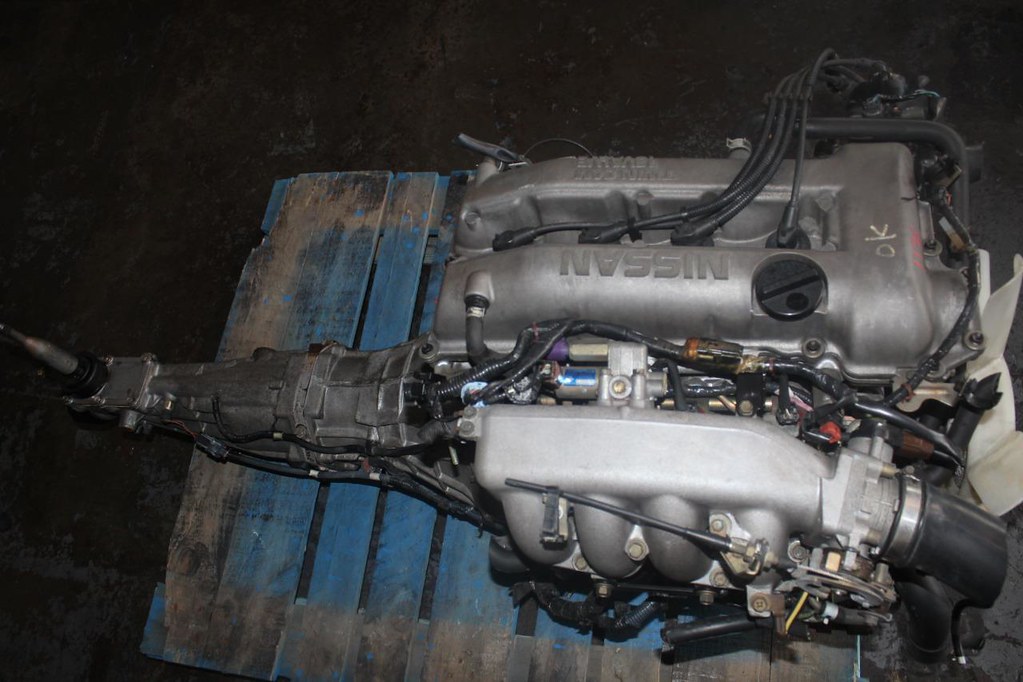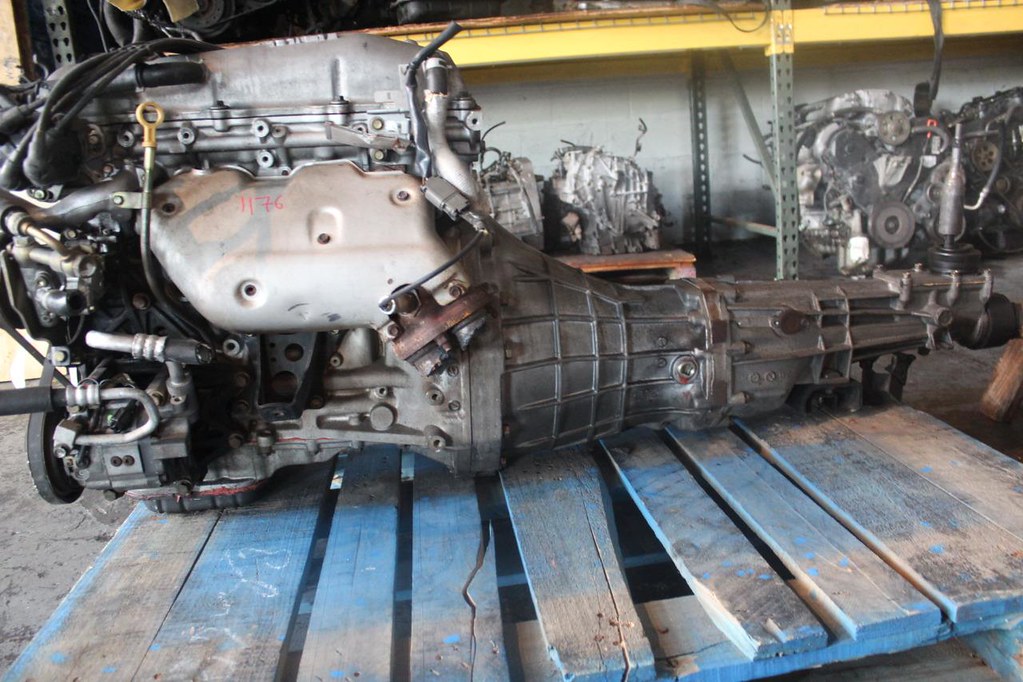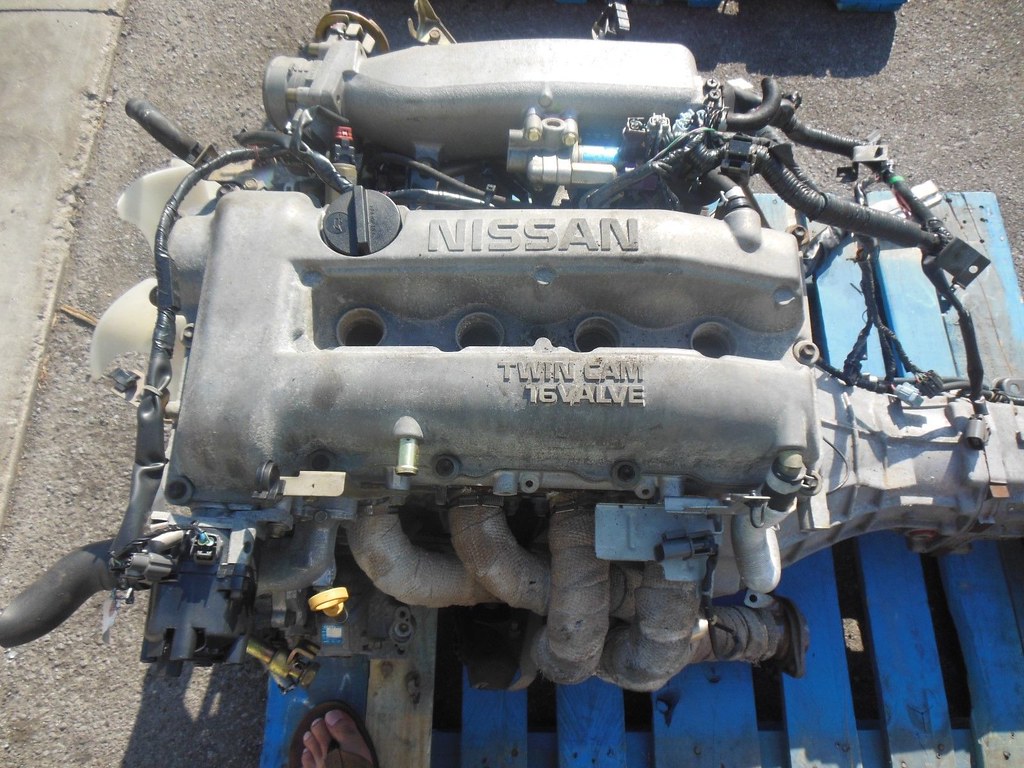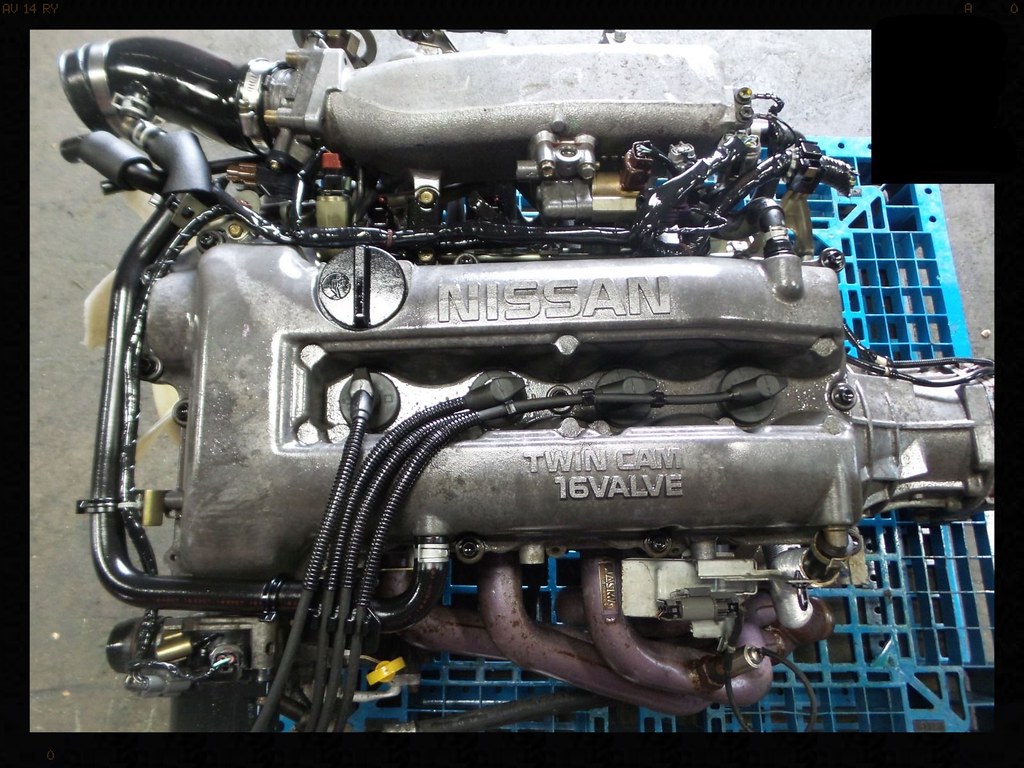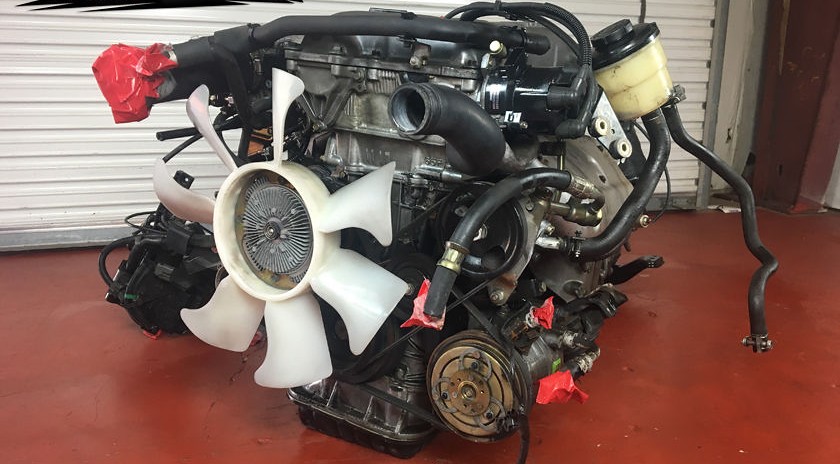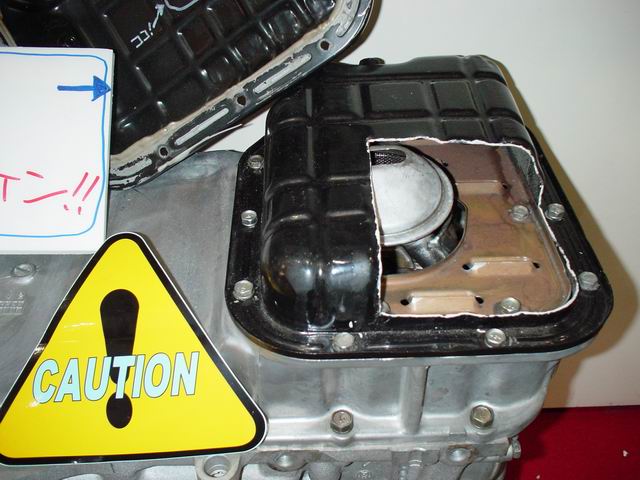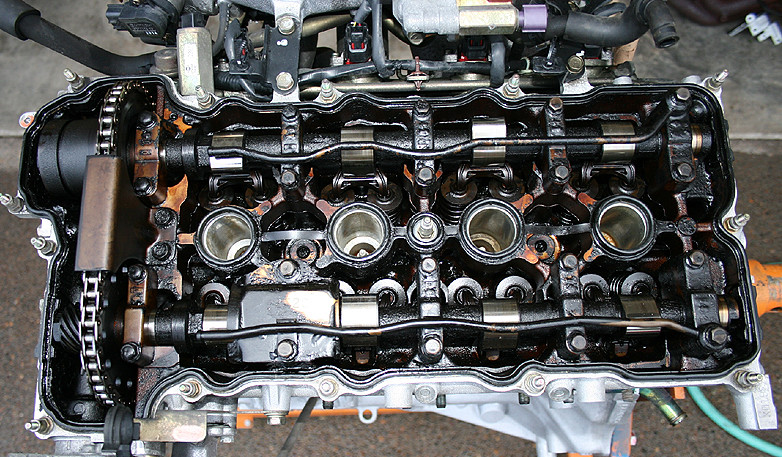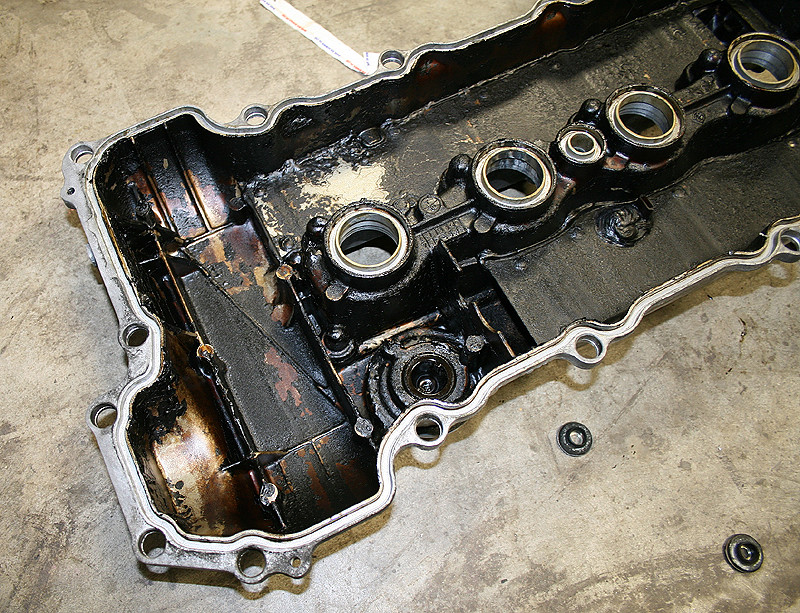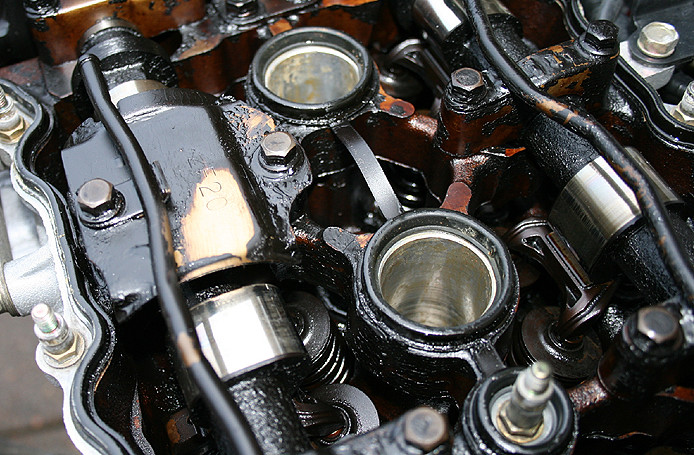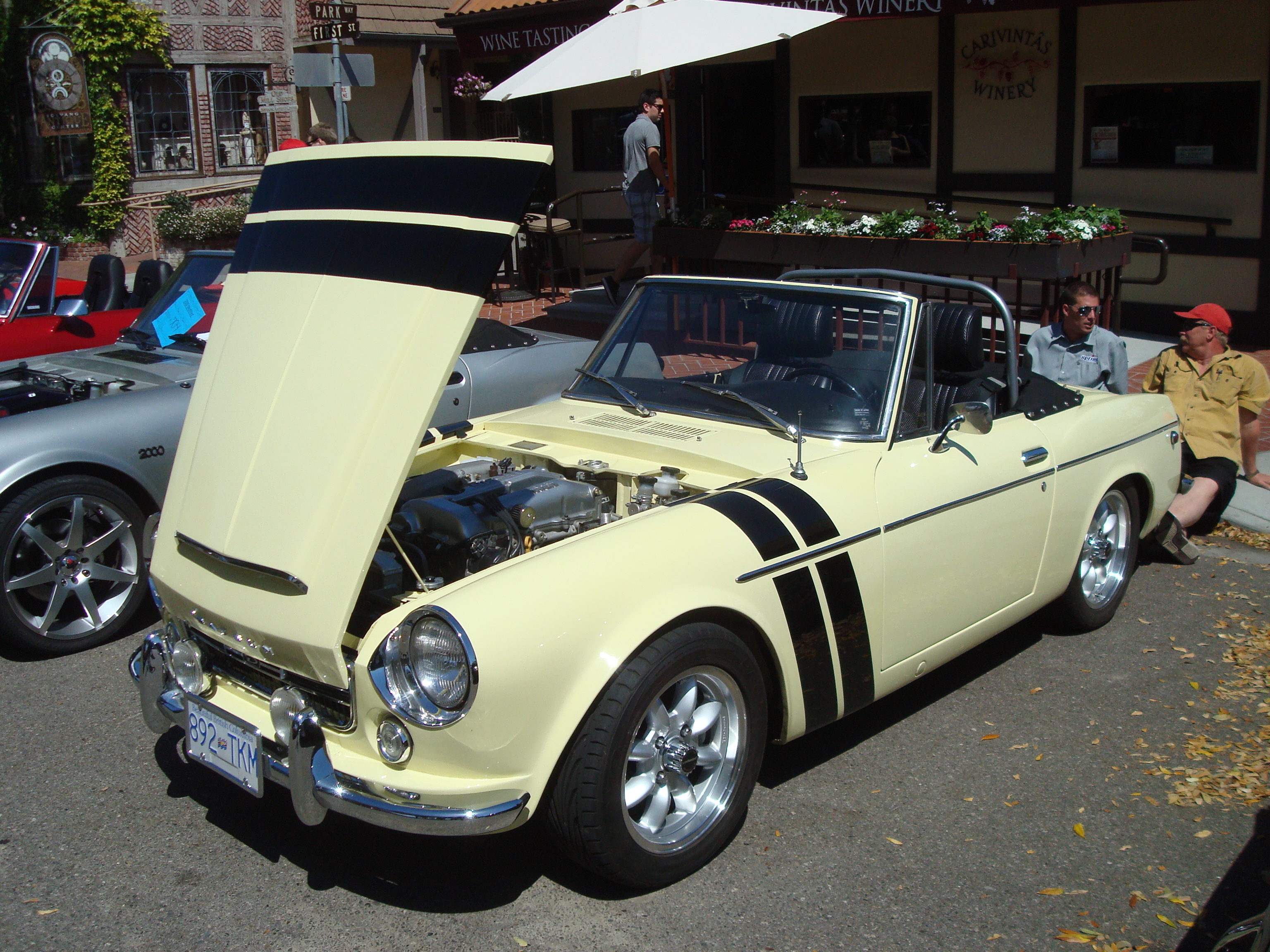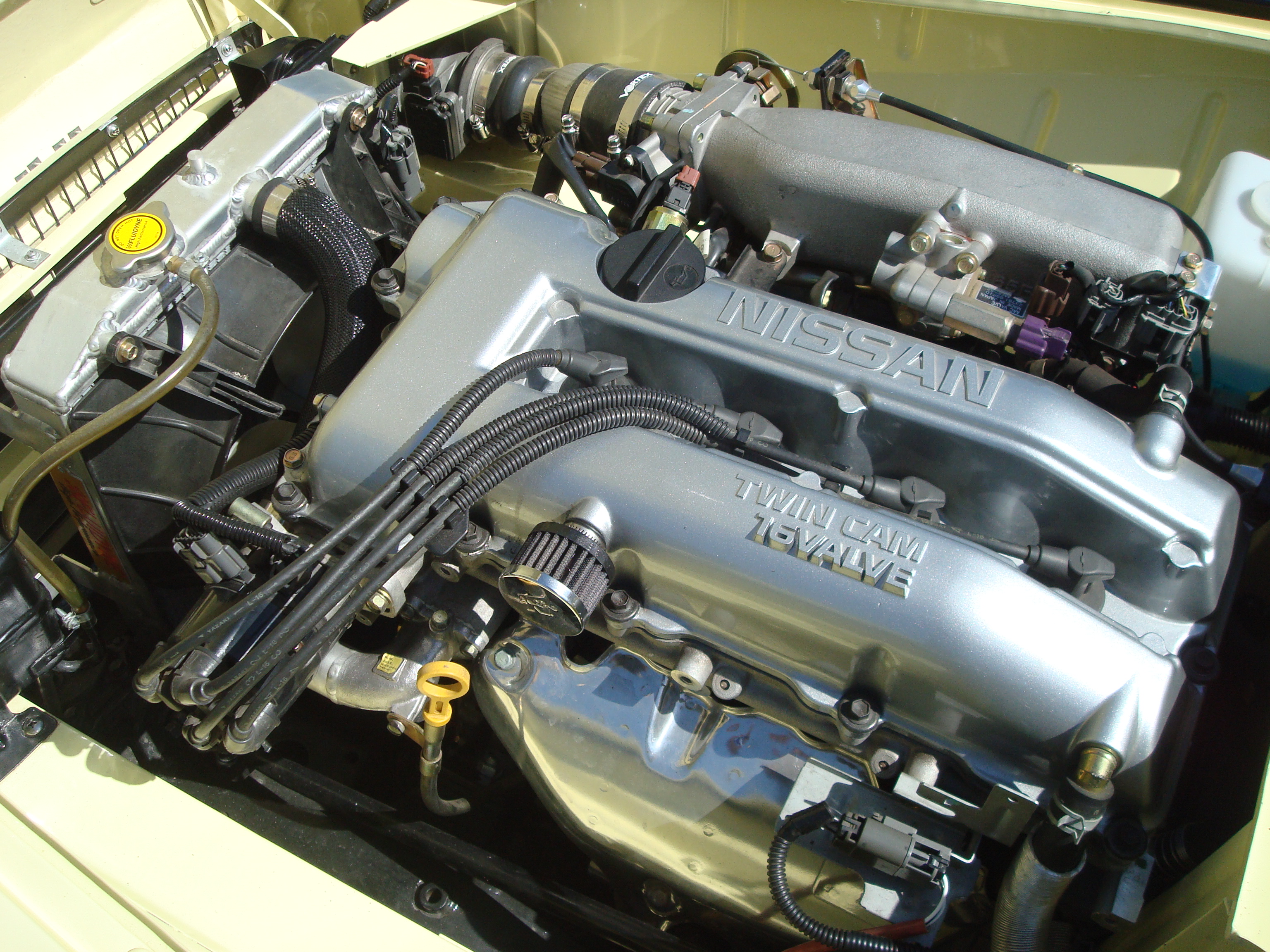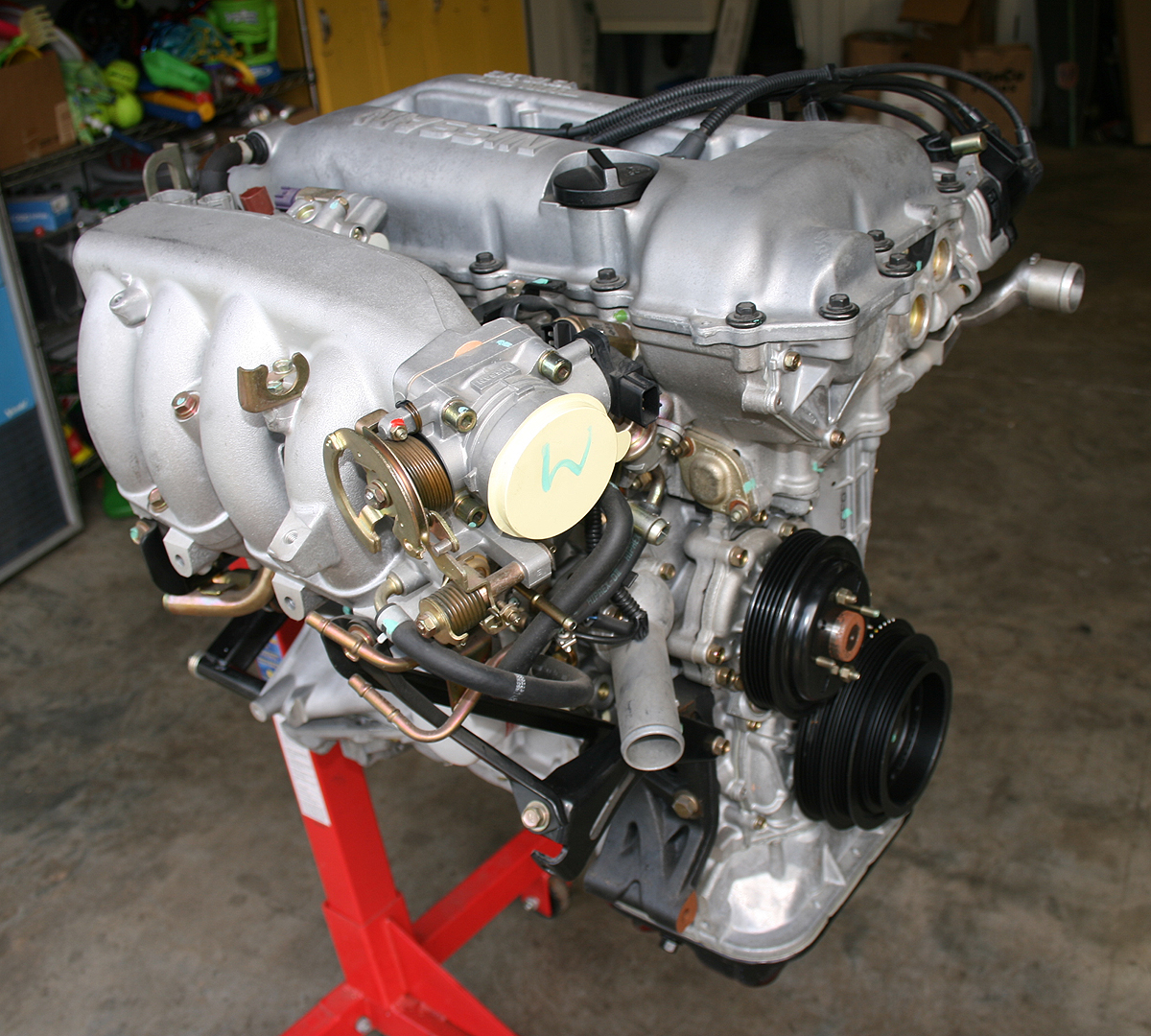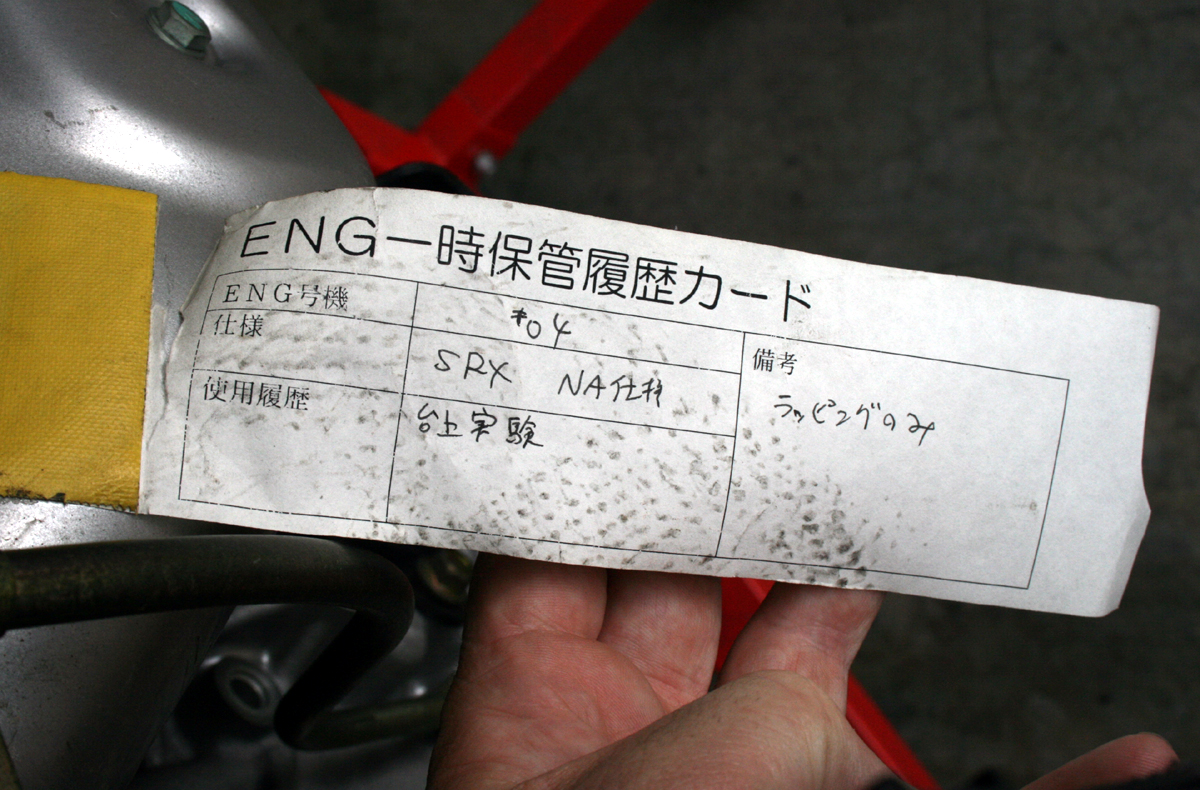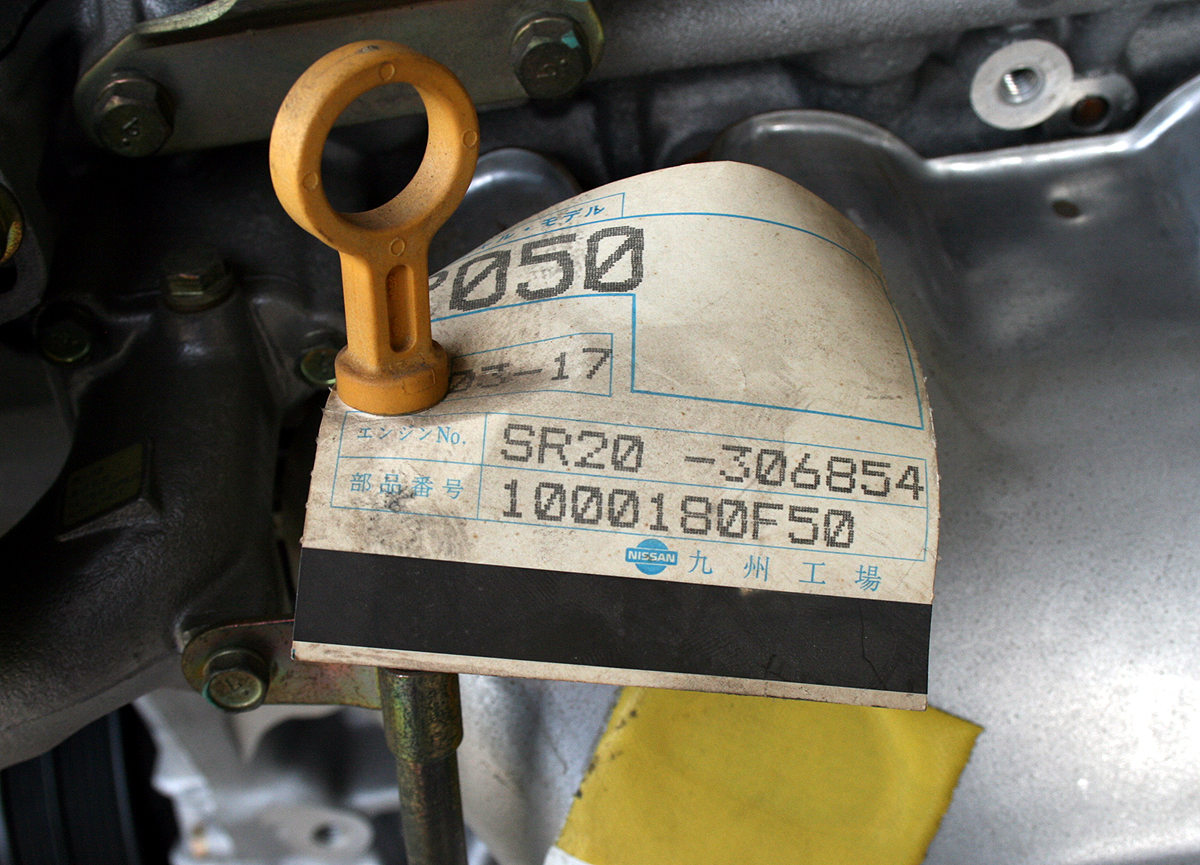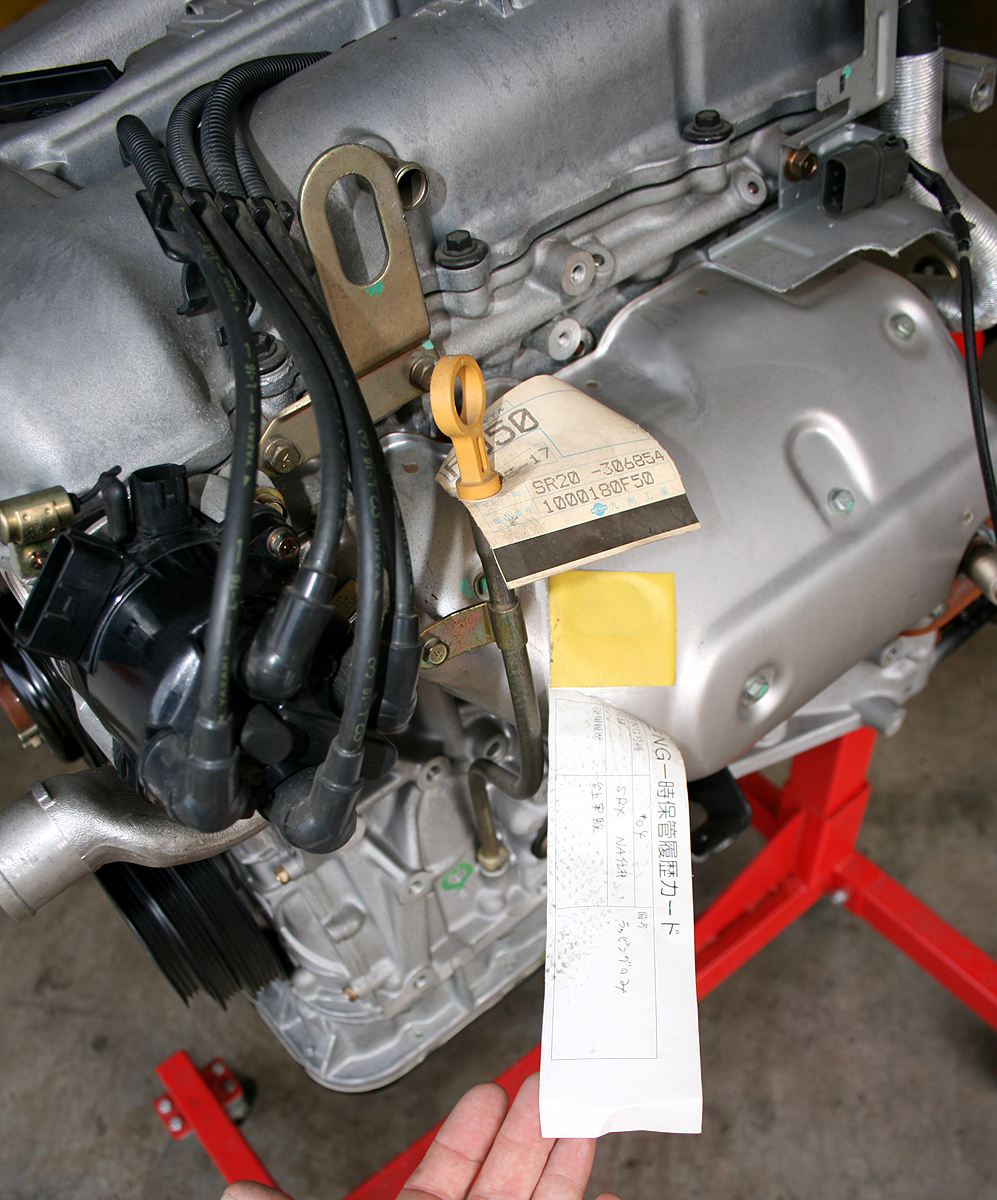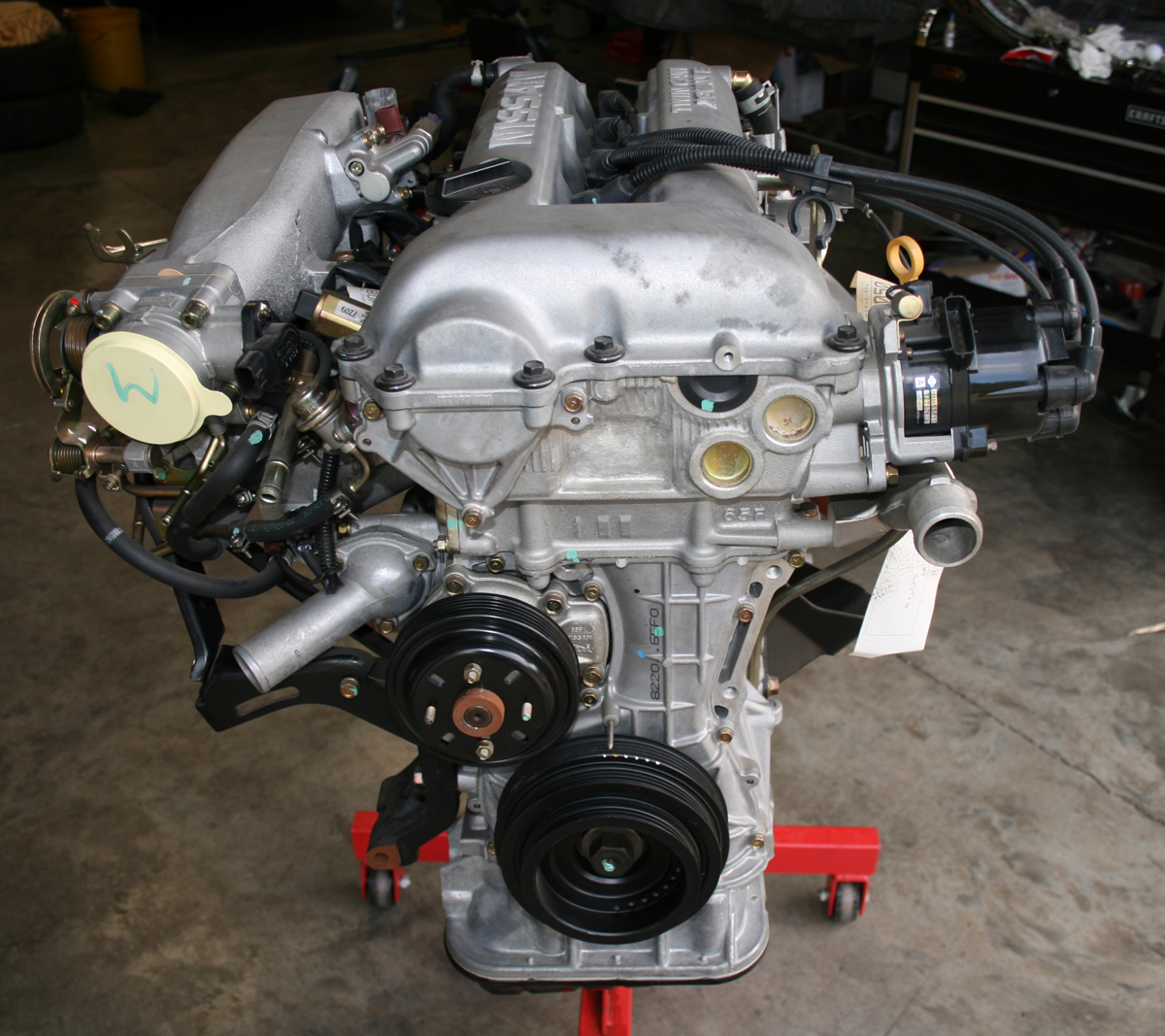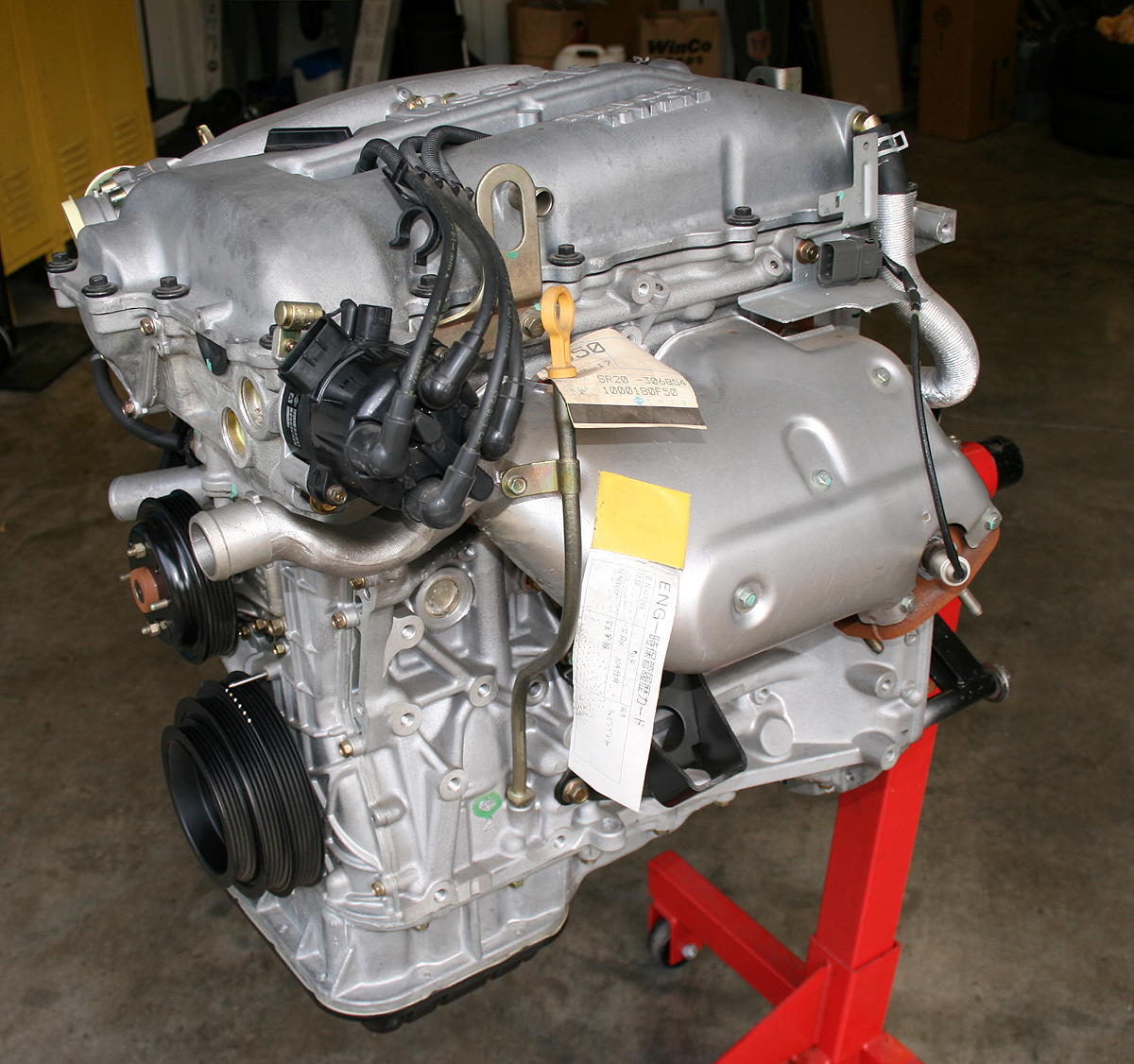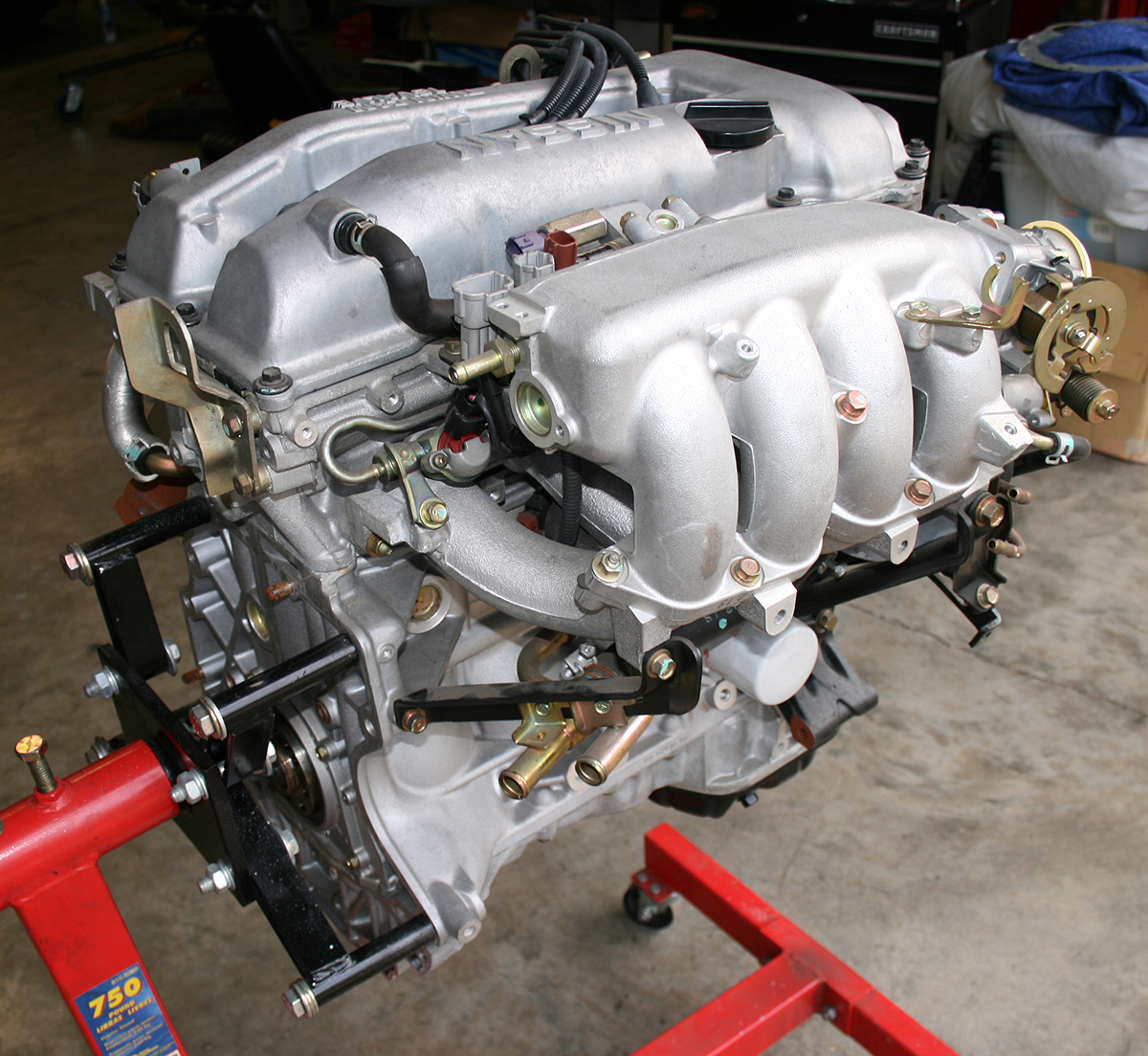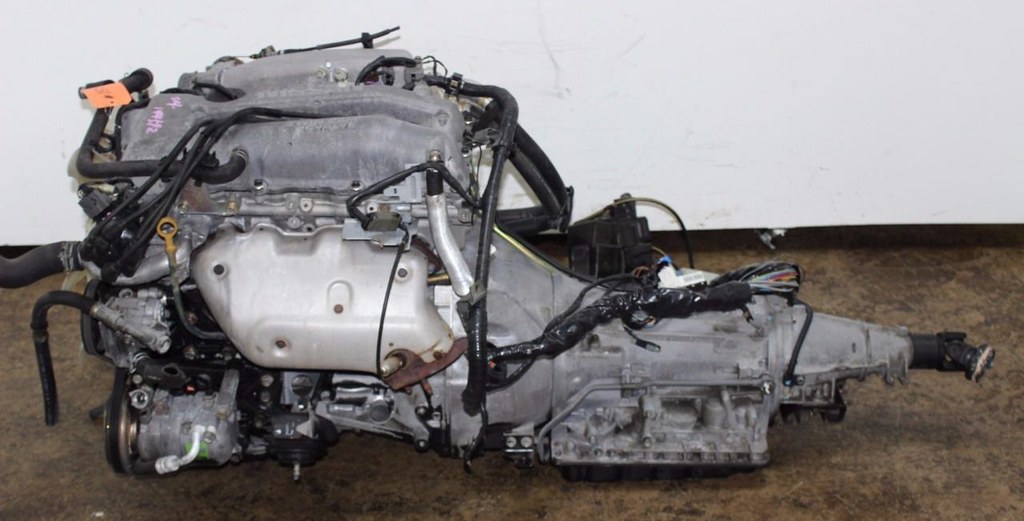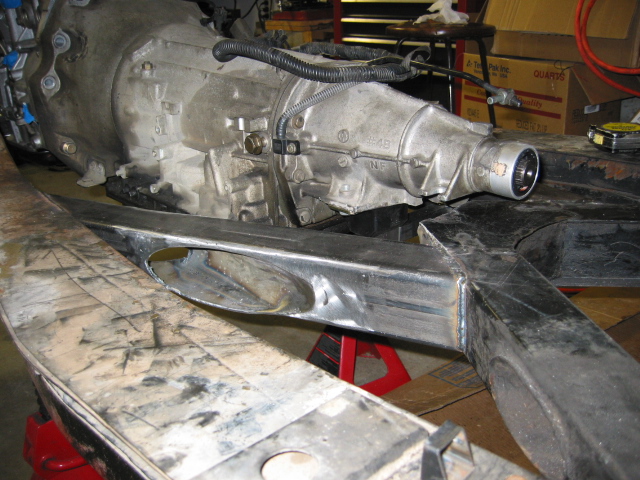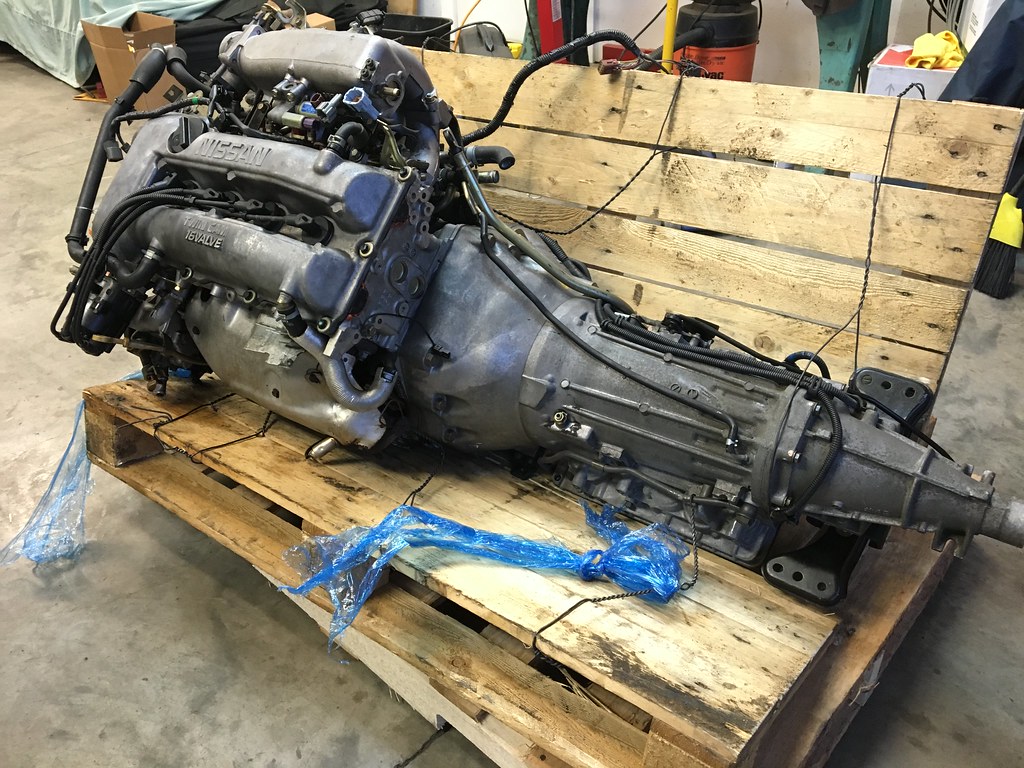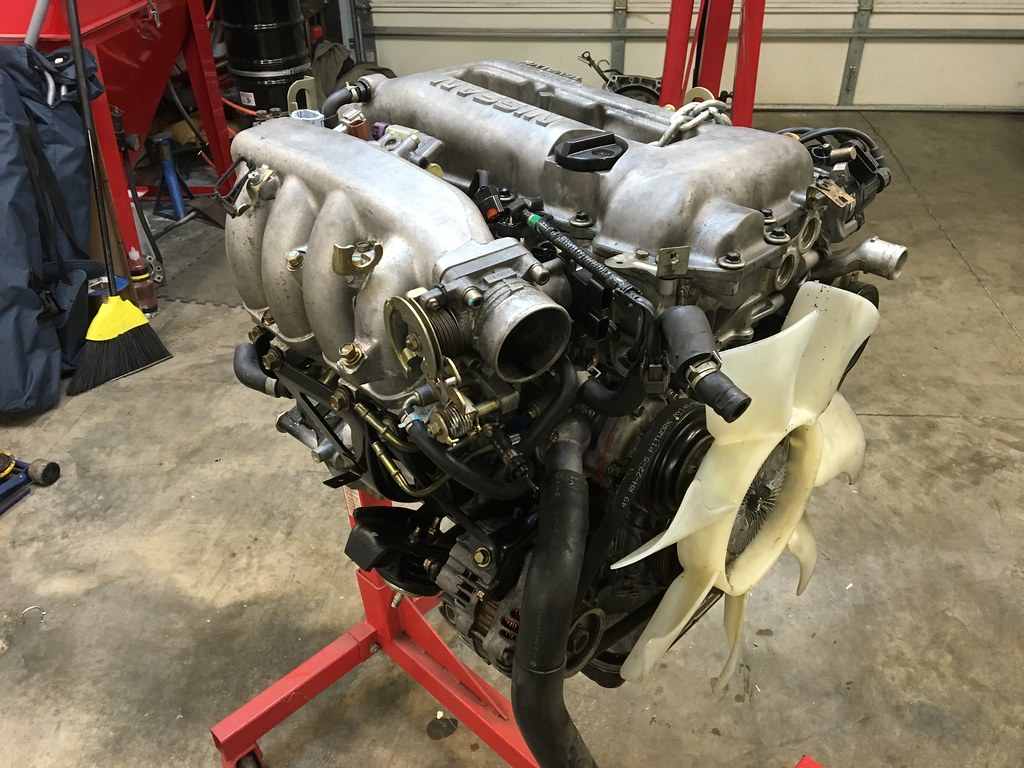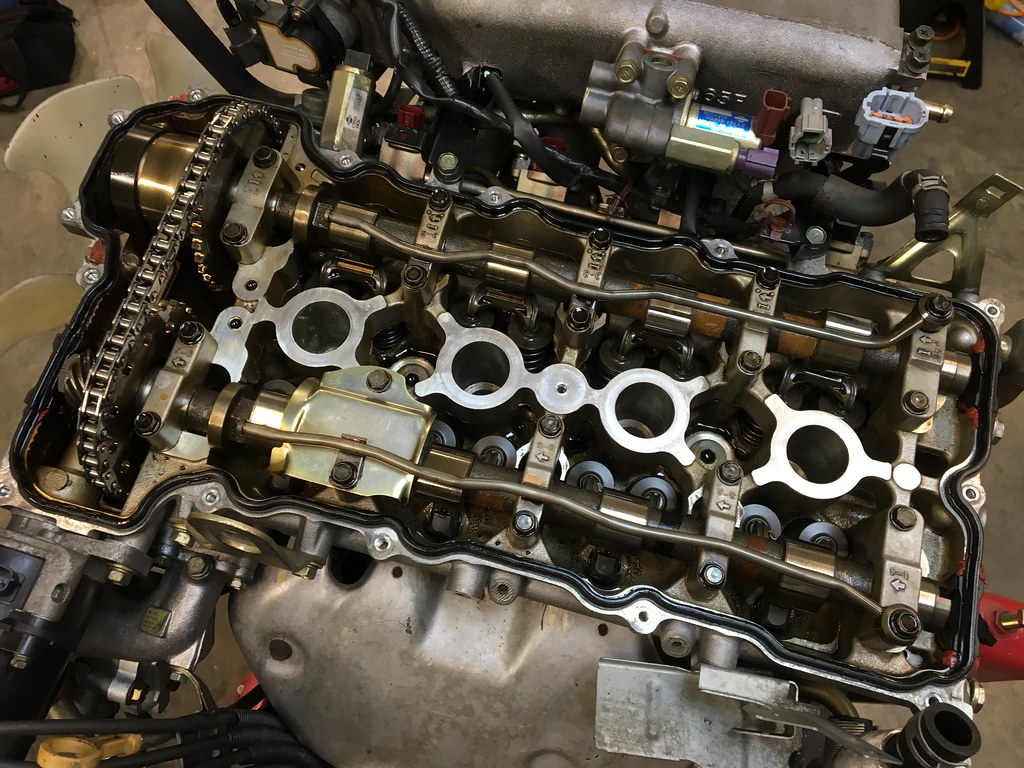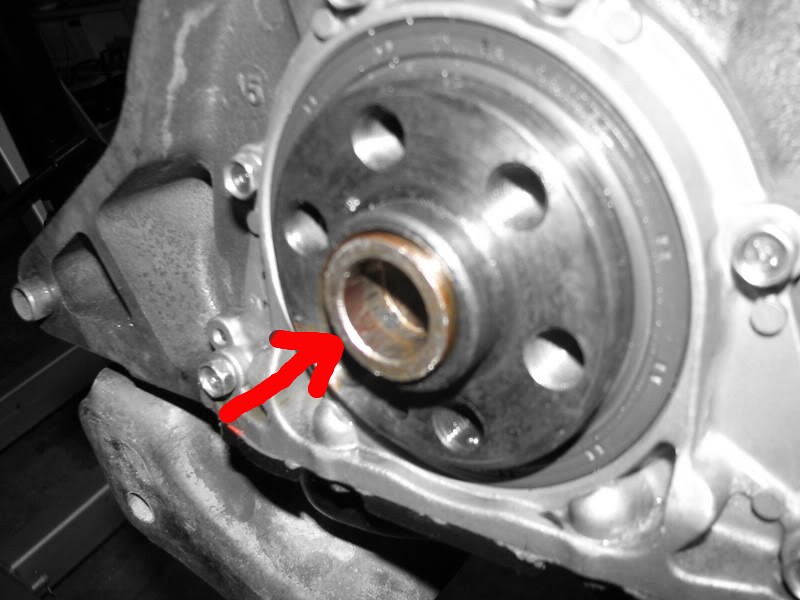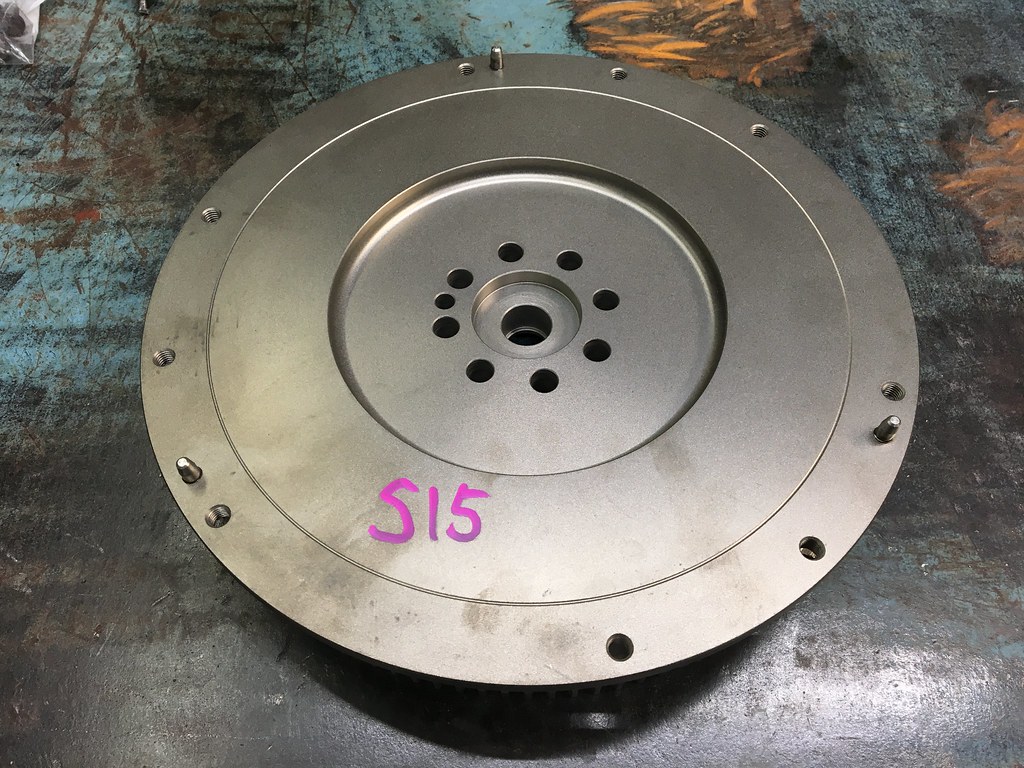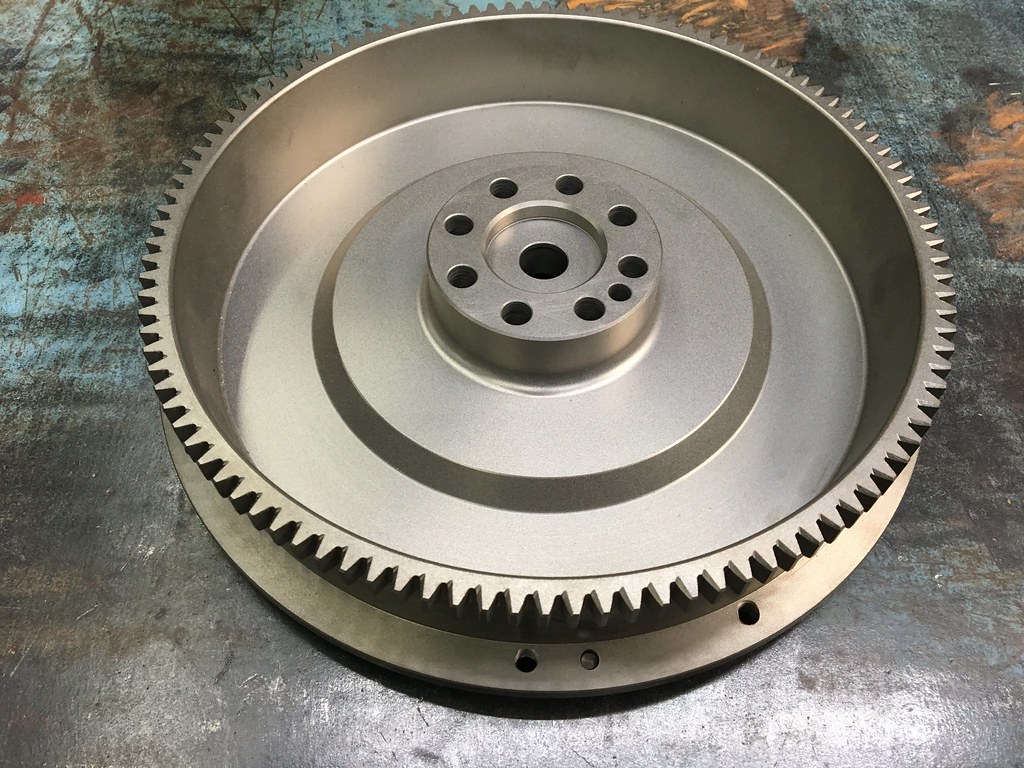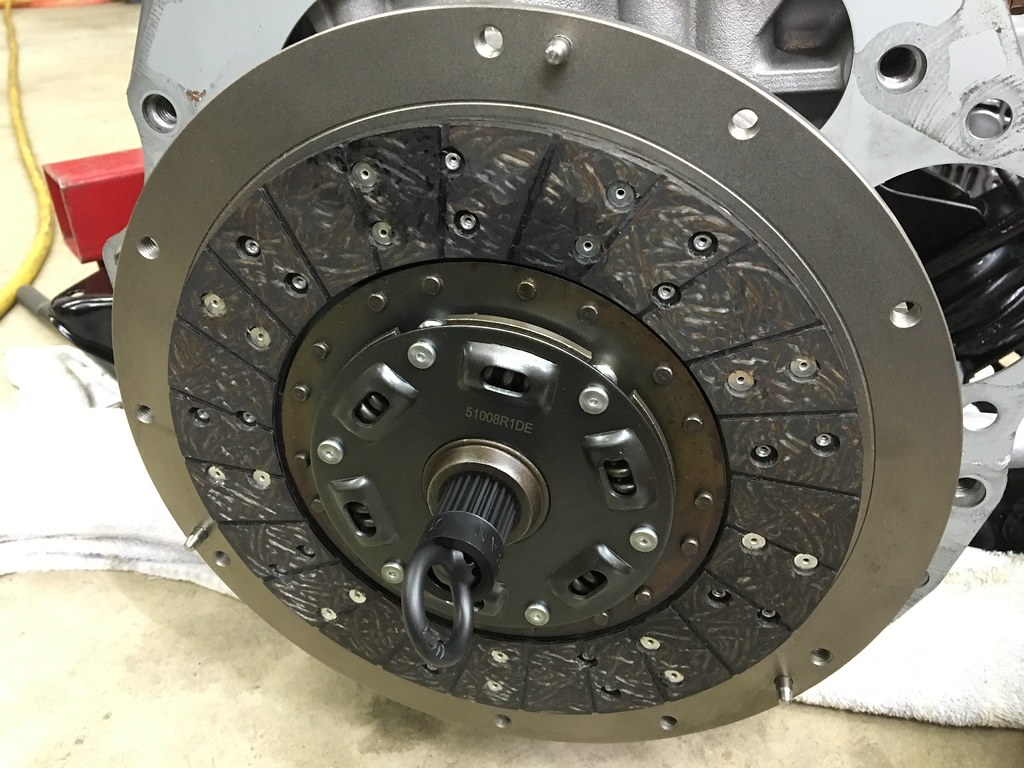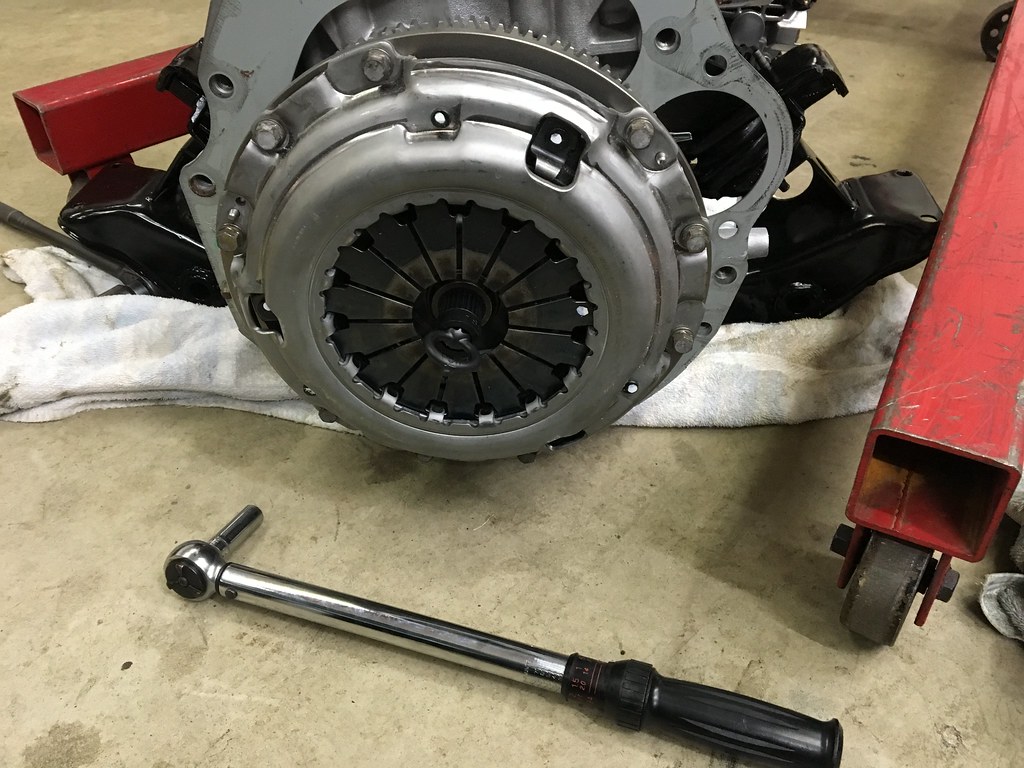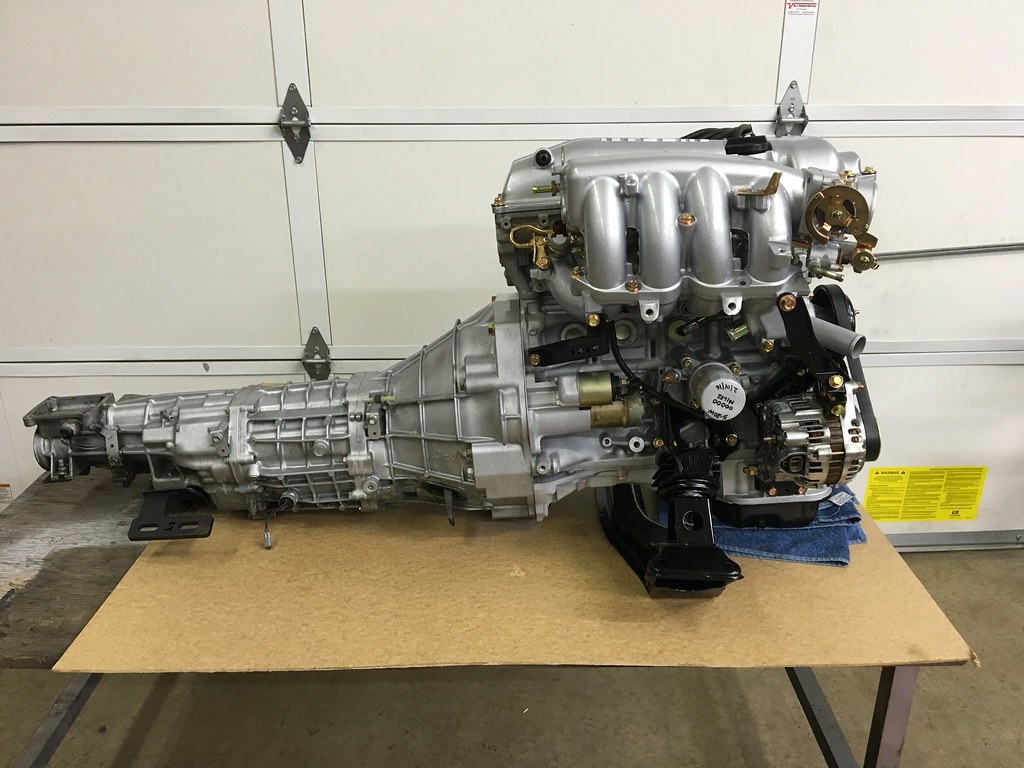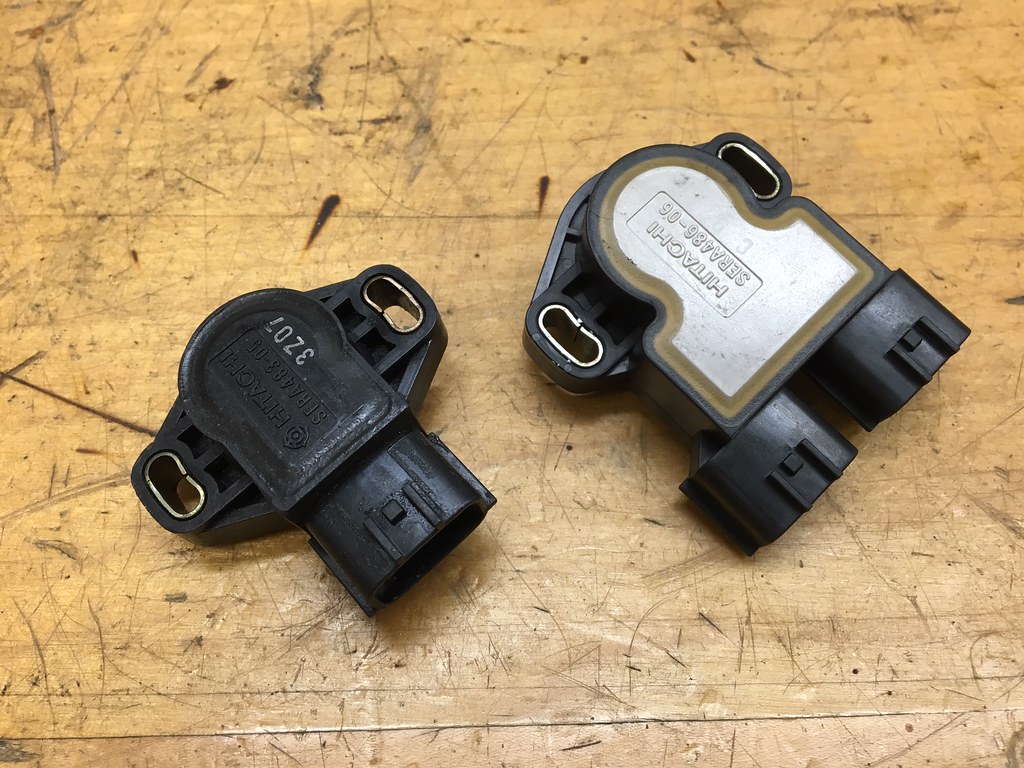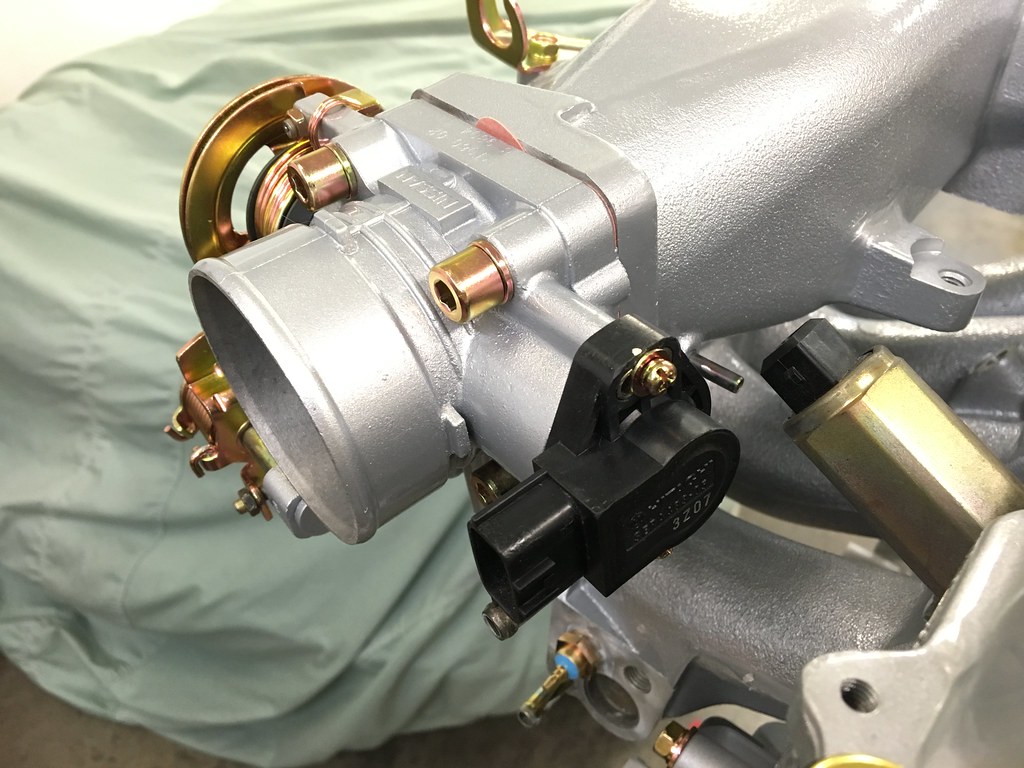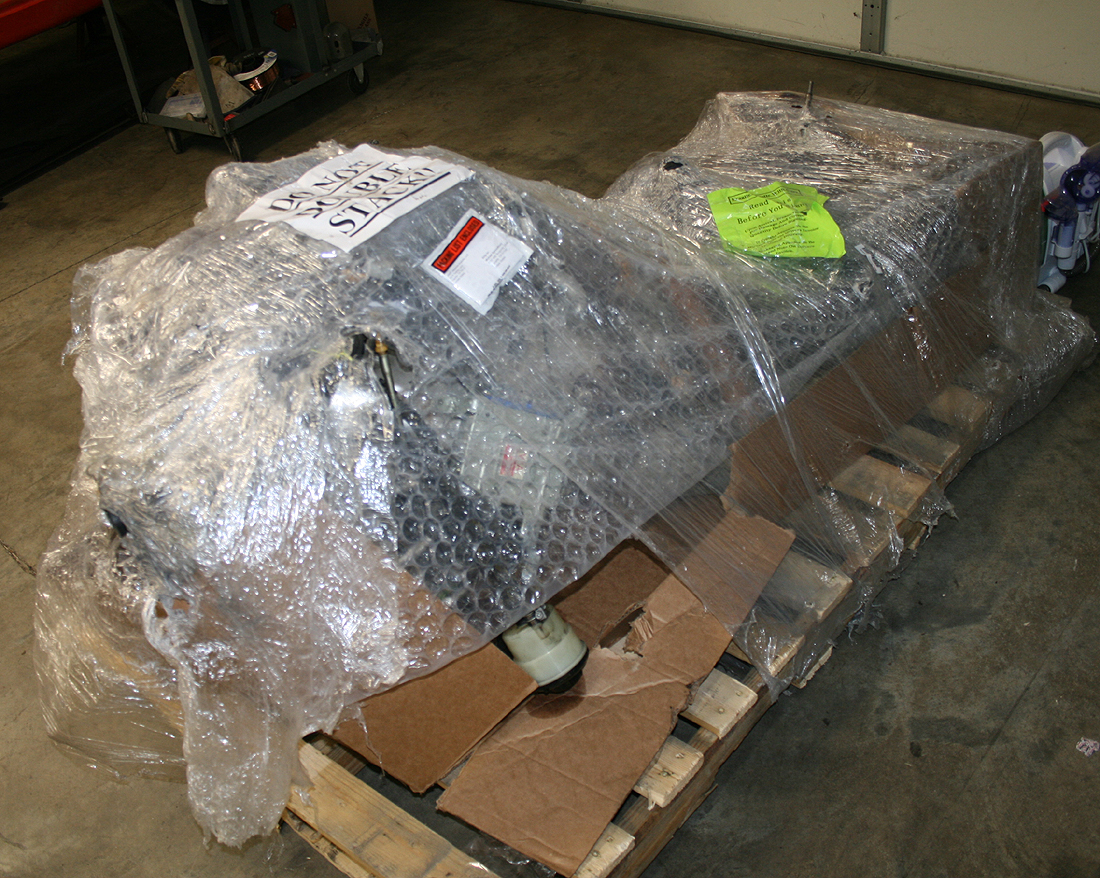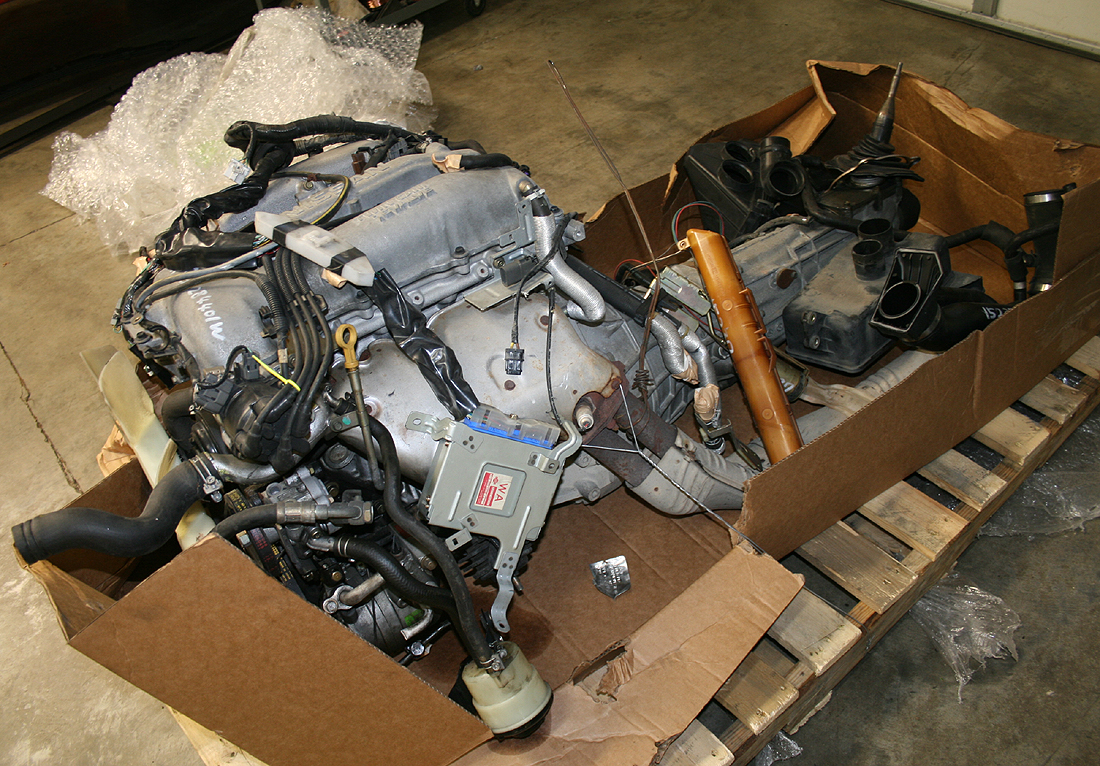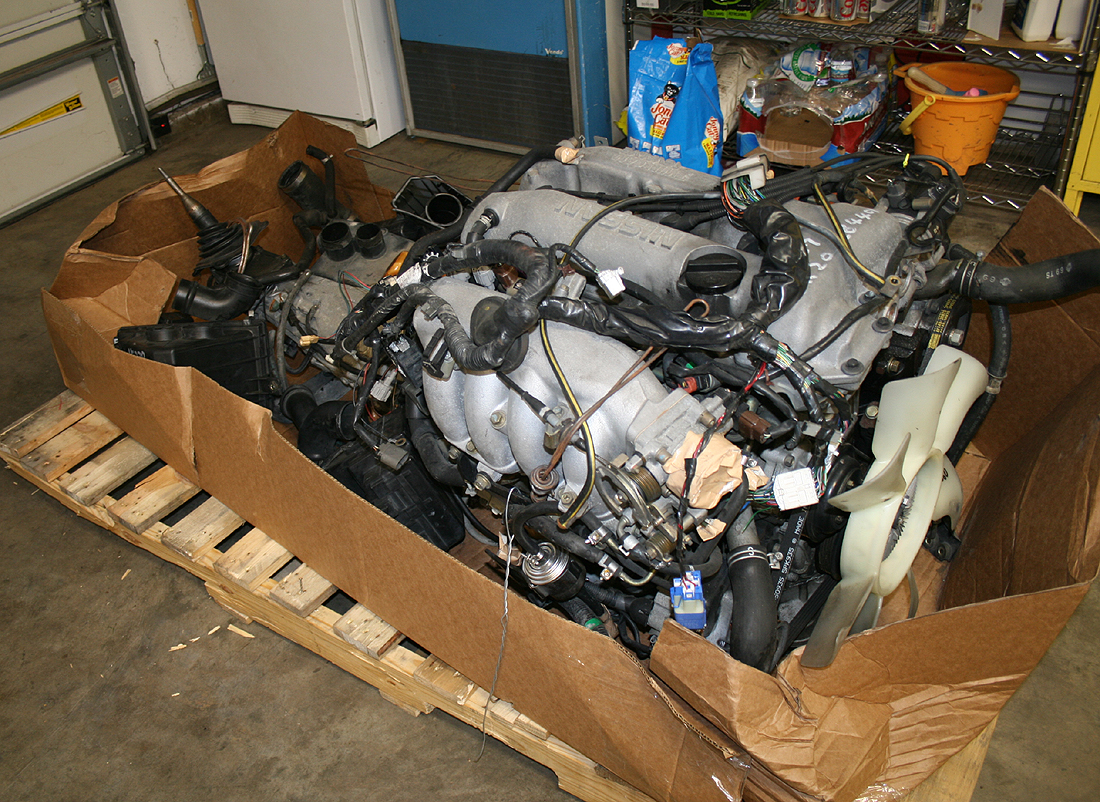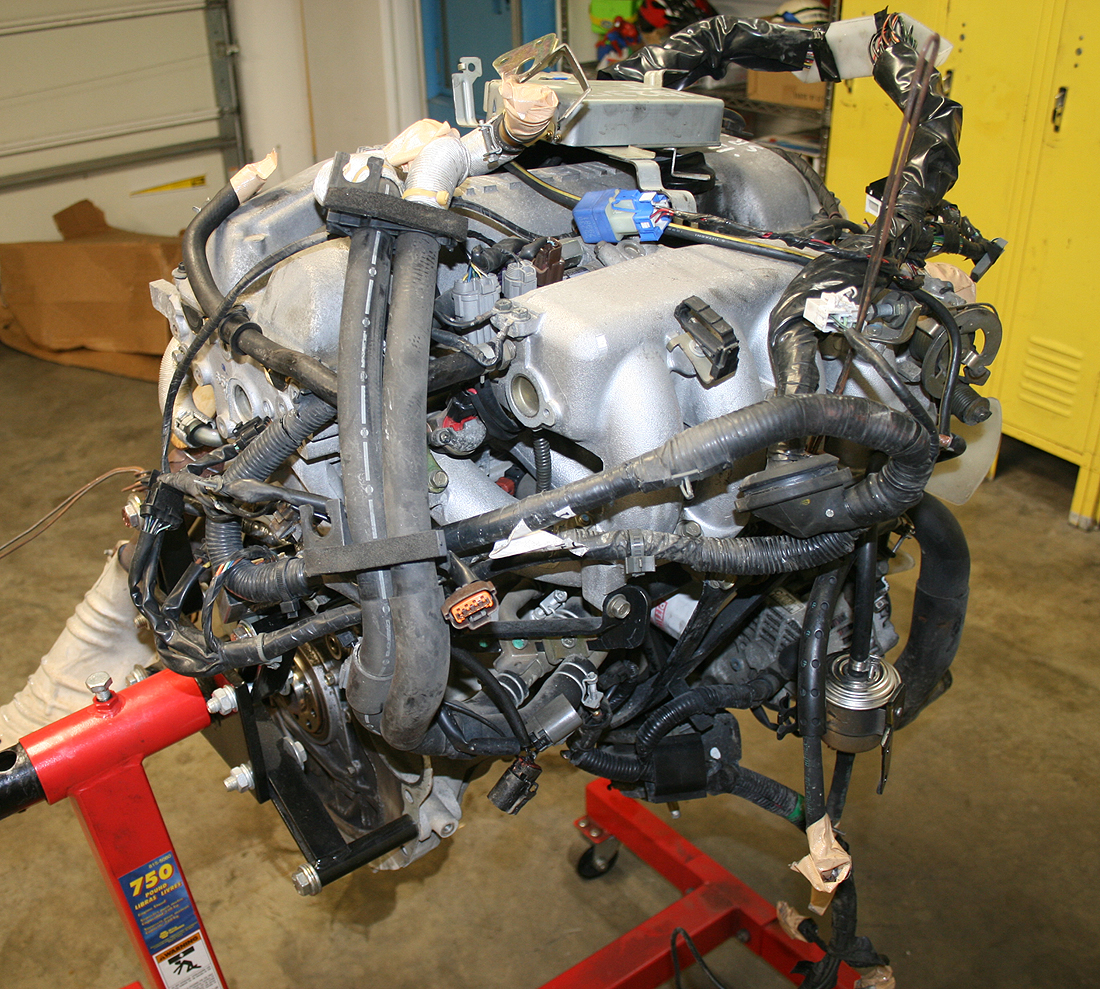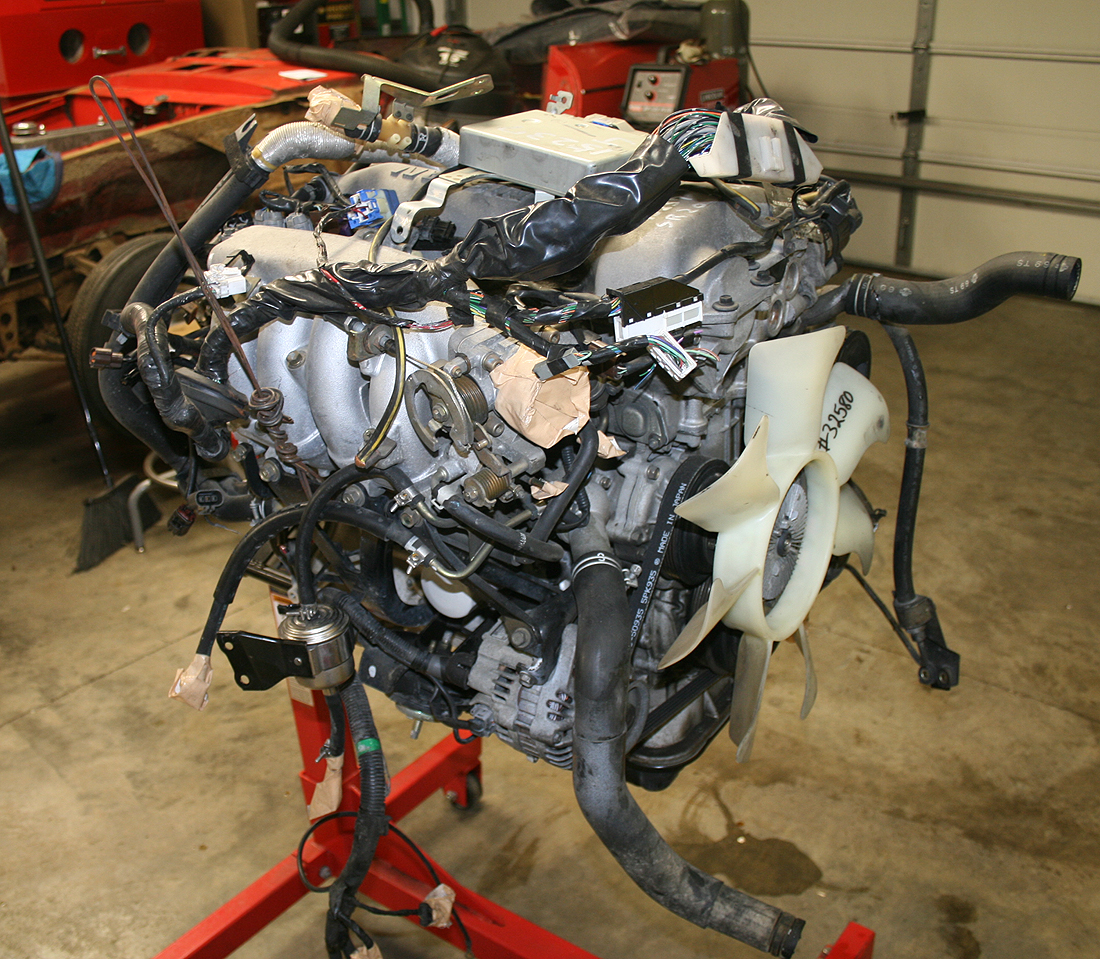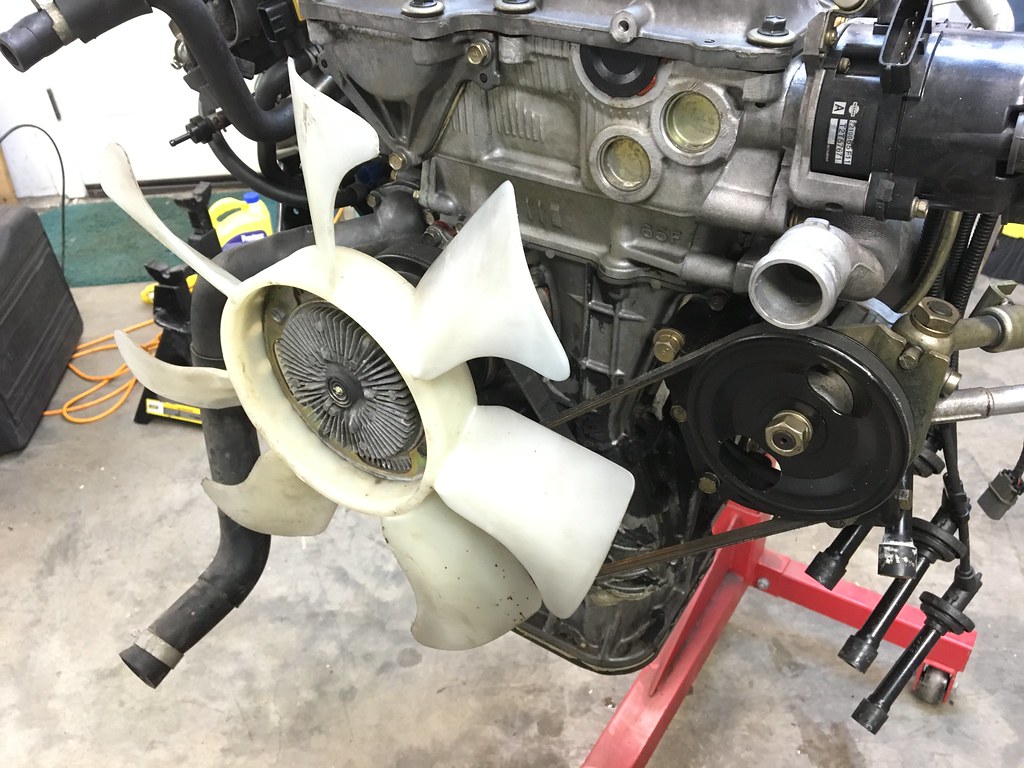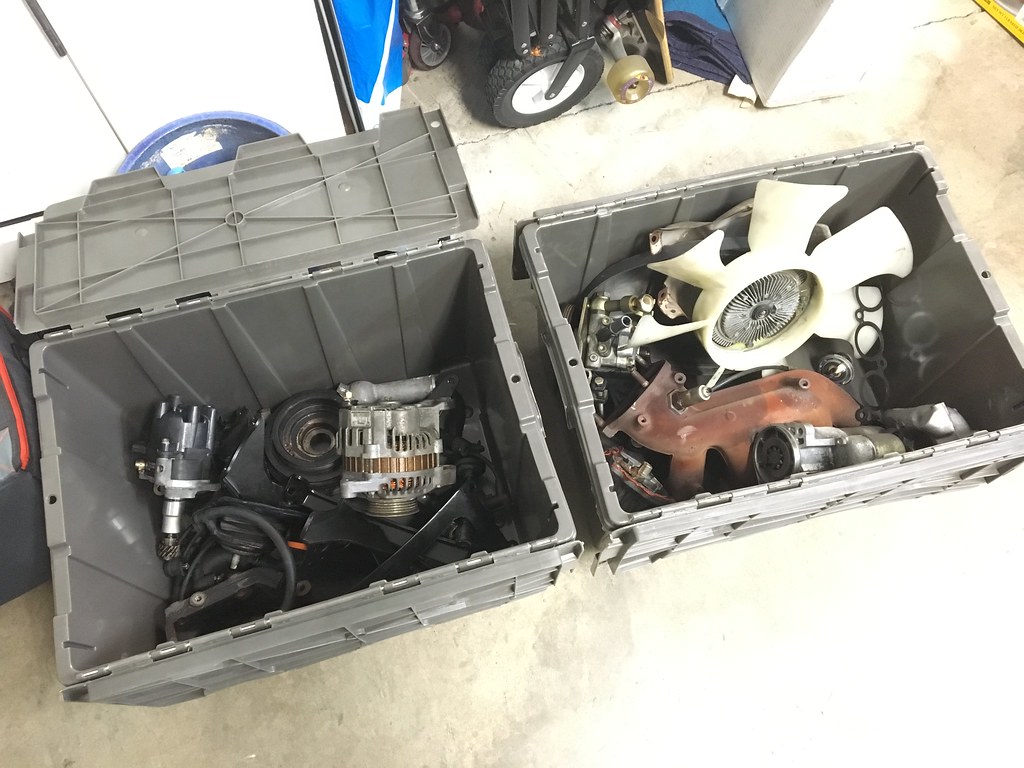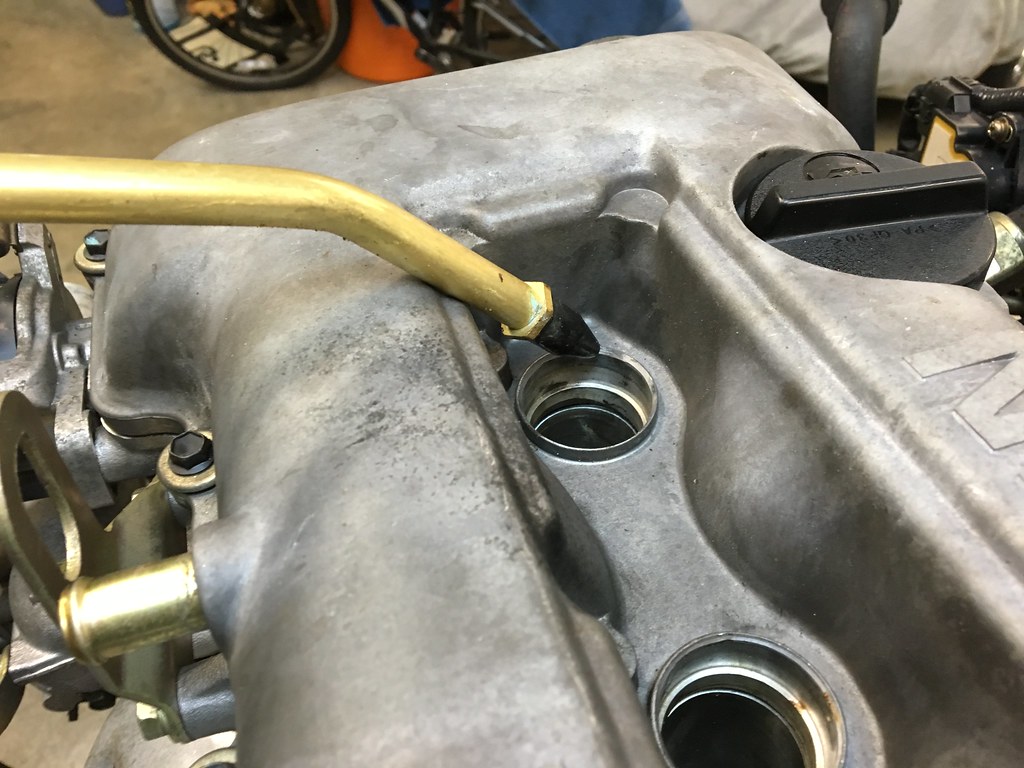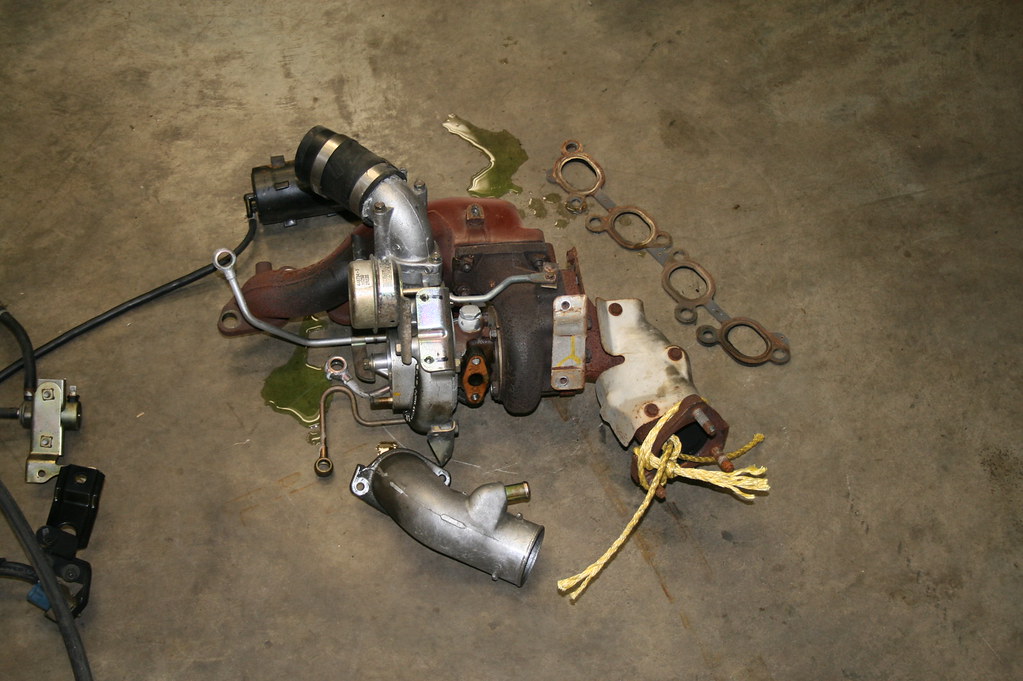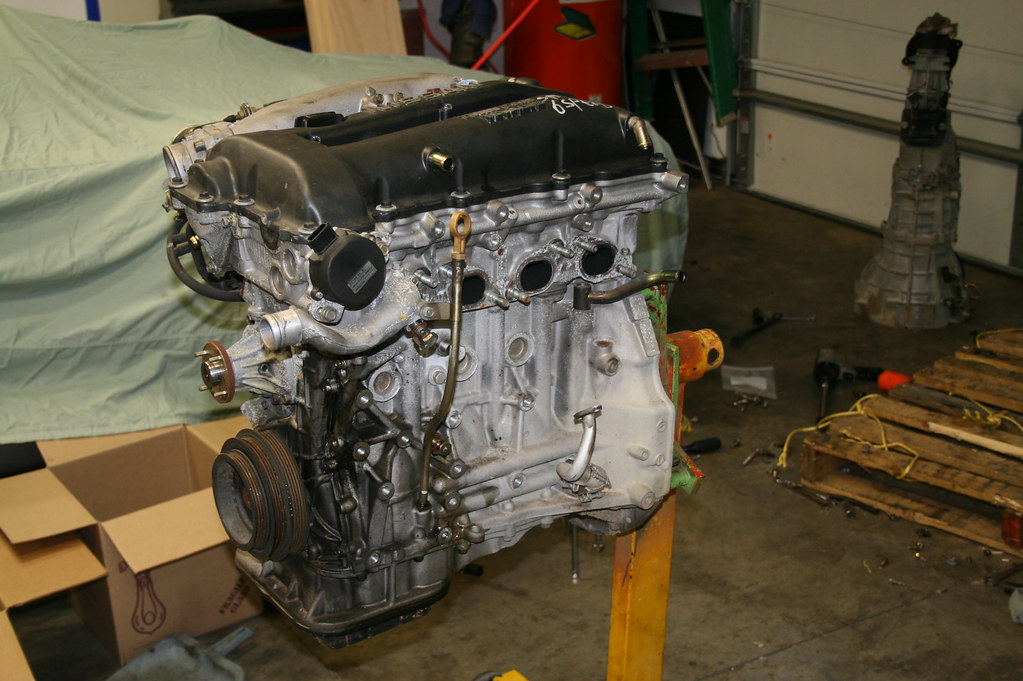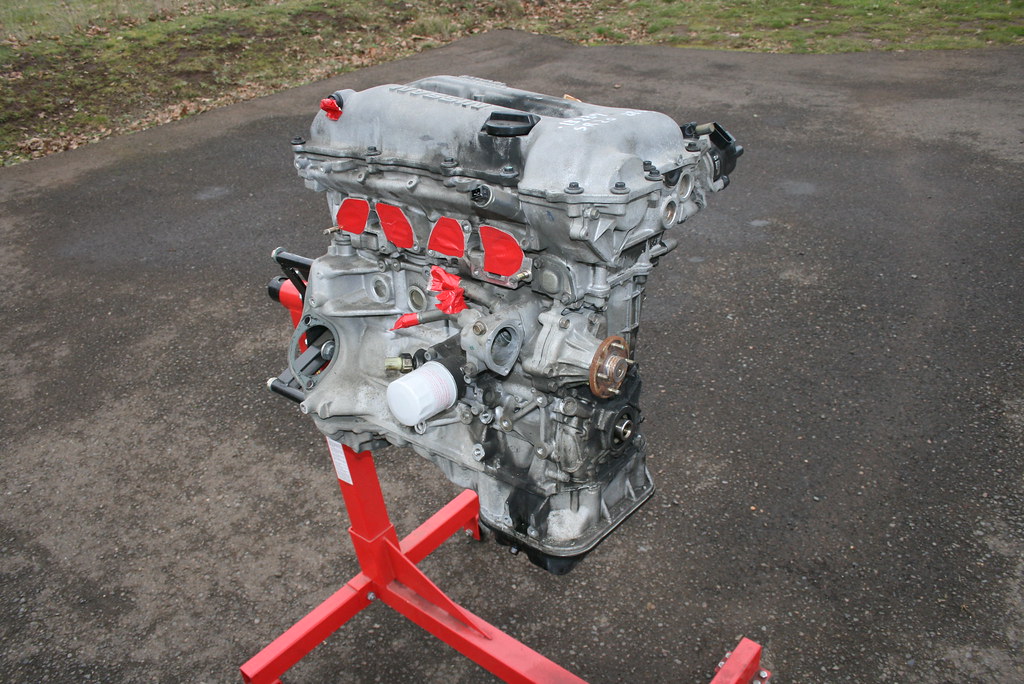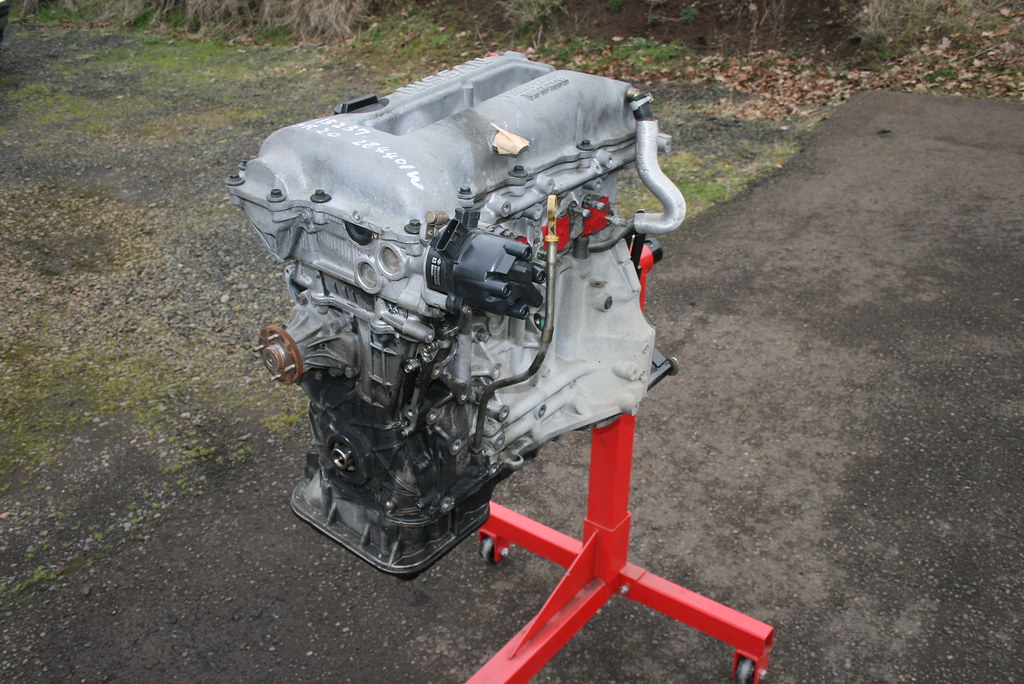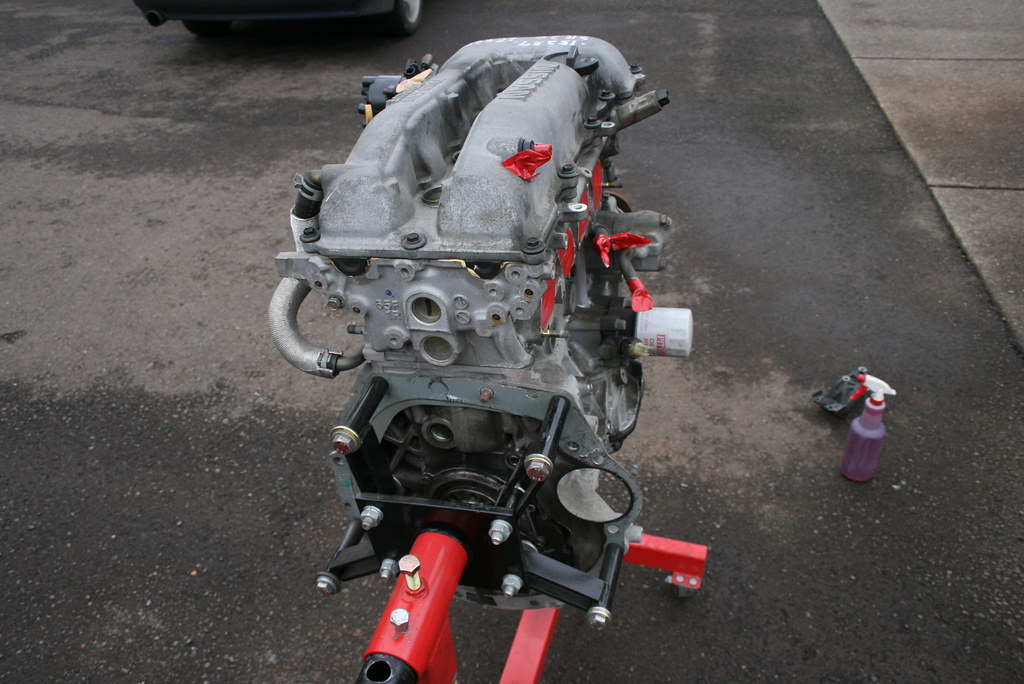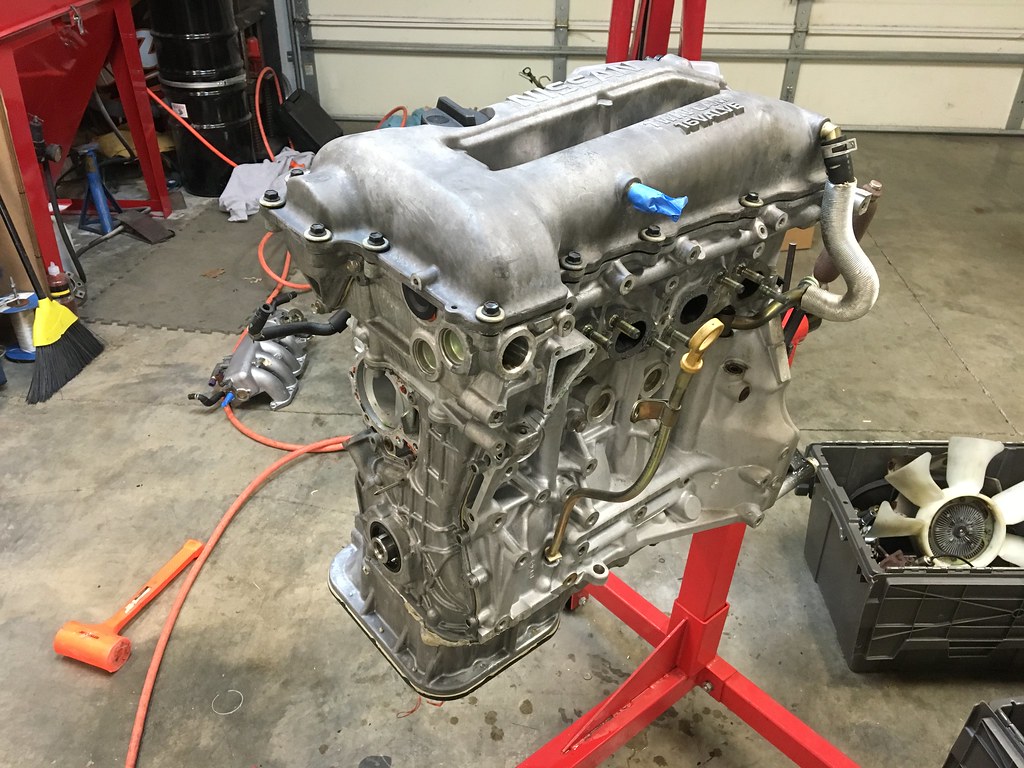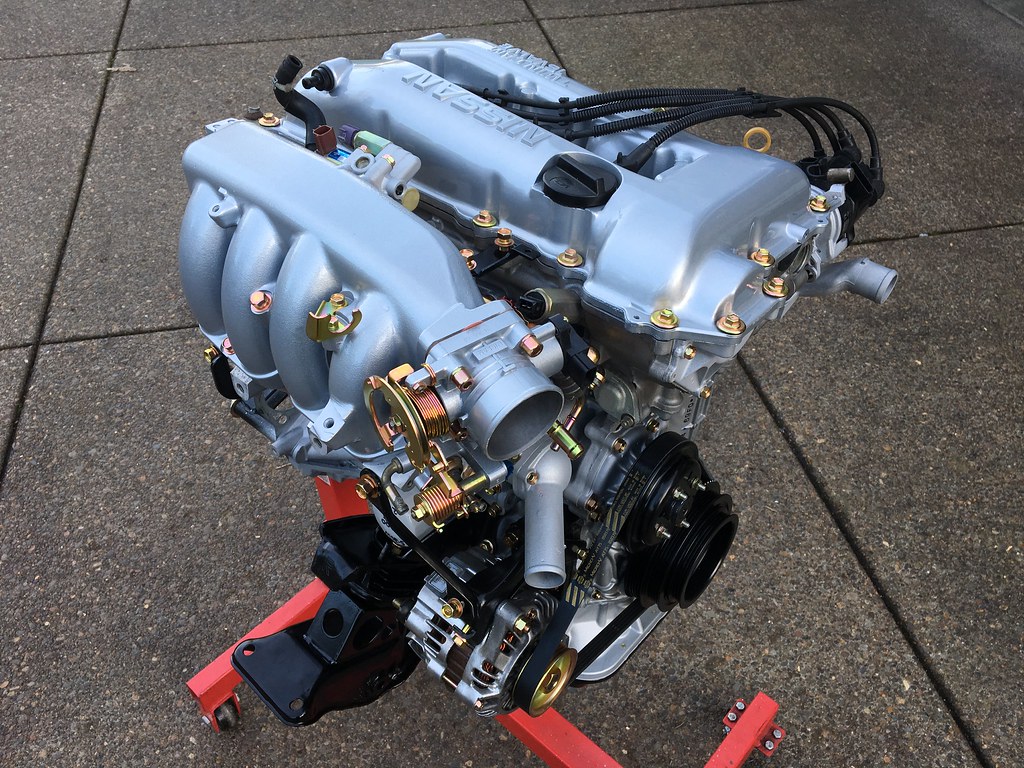
I have been wanting to write up and article about what to look for, how to buy, and what to do with your new-to-you SR20DE(T) engine for quite some time, so I figured that I might as well start to help others considering this awesome engine swap.
Full disclosure here: I own and operate a small business called Spriso Motorsports which sells SR conversion parts for Datsun Roadsters, so you will see me referencing our parts on a regular basis, but I come here as an ambassador for this swap as I feel it still is one of the best conversions that you can do for this beloved chassis.
I get a lot of questions from customers who are considering buying an engine, but don't know what to look for, or have purchased an engine, but then get a little overwhelmed about what to do next...
What's the deal with these "low mileage" Japanese import engines?
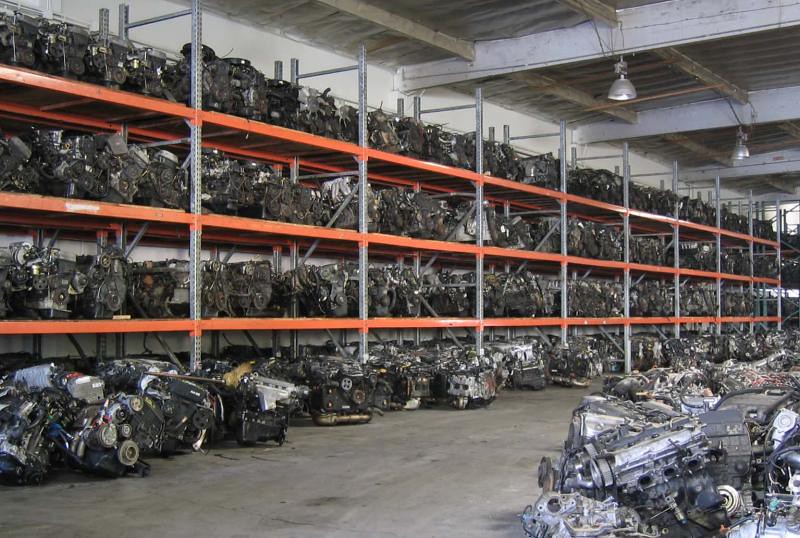
Japanese engine importers can be a virtual playground to a discerning roadster owner who has a taste for the exotic. The Japanese market is treated to Nissan’s finest engine offerings. Engines such as the vaunted rear wheel drive (RWD) SR20DET, RB26DETT, and VQ30DET are installed into niche vehicles that are seldom seen outside of Japan. These expensive and exotic engines can feature all-aluminum blocks, ceramic ball bearing turbochargers, multi-valve intake systems, and distributor-less ignition systems—heady stuff to impress the fickle, and technology obsessed Japanese domestic market.
For those who have the resources, fabrication skills, and drive, installing an imported late-model Japanese domestic market engine such as the SR20DE or SR20DET can quickly update the roadster into a remarkable sports car....
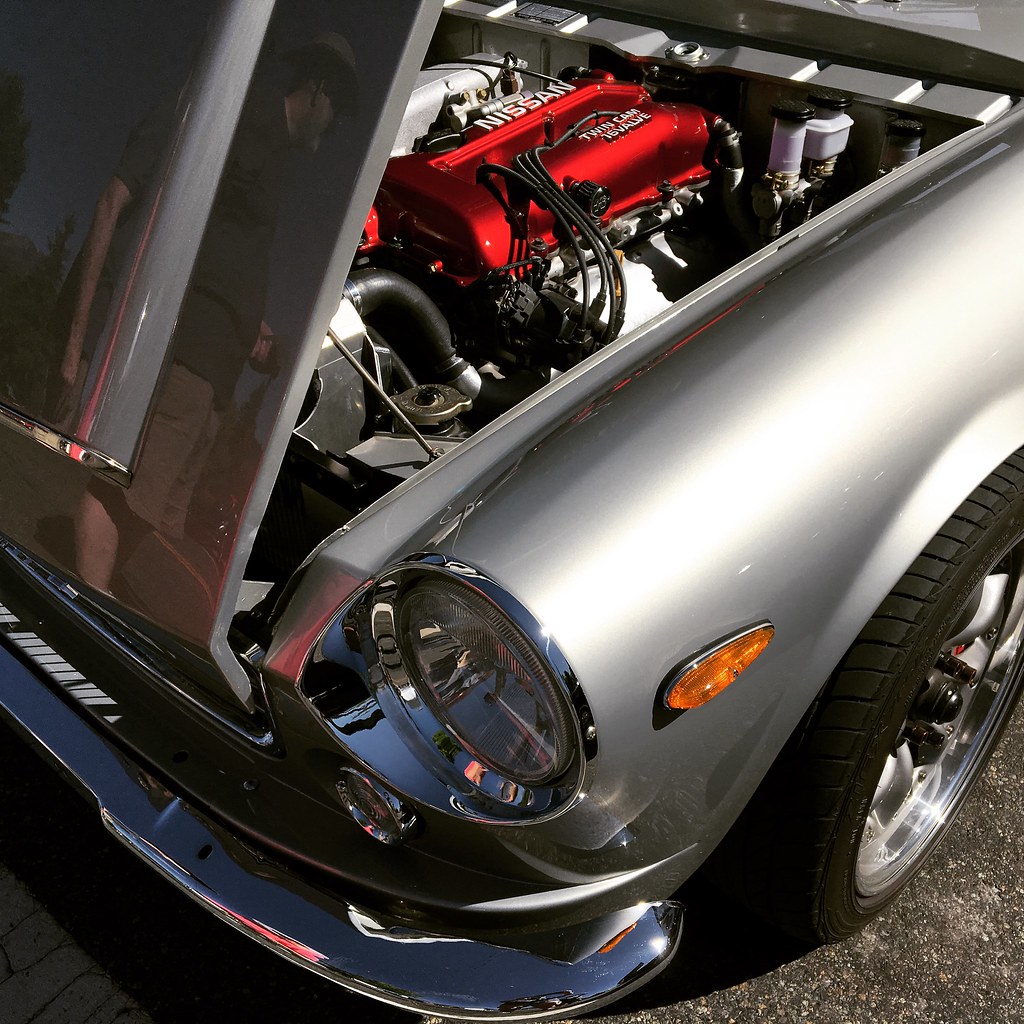
Shaken
Engine importers have been selling Japanese market engines in North America for several decades now. Back in the late 70s and through the 80s, imported L-16SSS, and L-18SSS engines found their way across the Pacific and were very popular swaps for Datsun 510 owners. Low cost and easy installation made these engines an easy upgrade.
Where do these “low mileage†engines come from? A common misconception is the theory that Japanese must replace their cars’ engines after 30,000 miles. While that makes for a good story, and probably sells a lot of engines, it simply is not the case. However, the Japanese government does artificially support the Japanese auto manufactures by requiring a comprehensive and expensive vehicle inspection for used cars once a vehicle reaches 10-years of age.
This dreaded inspection called Shaken, is expensive (about $1000) and in many cases, must be repeated every other year. Old car registration, if you can call a 10-year old car old, is an additional $1000, and depending on various laws, can occur annually or biannually. Knowing that it will cost at least $2000 to continue driving their 10-yearold automobiles, many Japanese liquidate their cars, which are either scrapped or exported to other countries.
In many cases, these condemned 10-yearold cars have not accumulated many miles (Japan is a tiny country) and have power trains that have lots of life left in them. These engines are typically removed very quickly from the donor cars so engine wiring harnesses are typically sheared in half, hoses cut, and anything that connects from the car to the engine is removed via a cutting saw, or torch.
The Donors, How They are Processed, & How the Engines Arrive Here
The SR20DE/SR20DET engines were found in the Nissan Silvia and 180SX chassis cars, commonly referred to the S13, S14, or S15 series cars. Rather than go into a ton of info on the differences in the cars, I will link you to the Wikipedia pages for them: https://en.wikipedia.org/wiki/Nissan_Silvia
For a number of years, we actually processed our own cars in Japan with our Japanese partners and then we would bring over containers of engines-- here is how we would do the process:
We would buy cars that were out of registration and needed a Shaken inspection-- very cheap, as they were considered "junk" at this point-- here was a typical example of a S13 Nissan Silvia (36,000 km on the clock)-- that had absolutely nothing wrong with it other than it was over 10-years old.
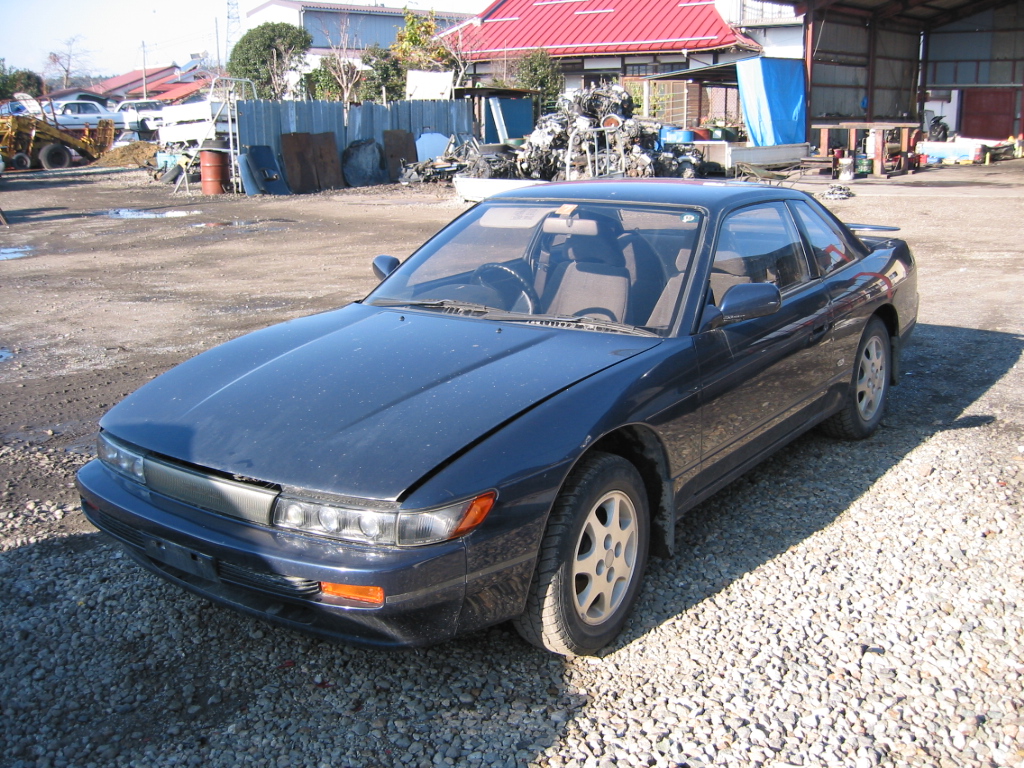
We would strip the front ends (to sell to 240SX guys here) and then the motor set would be unceremoniously pulled from the car.
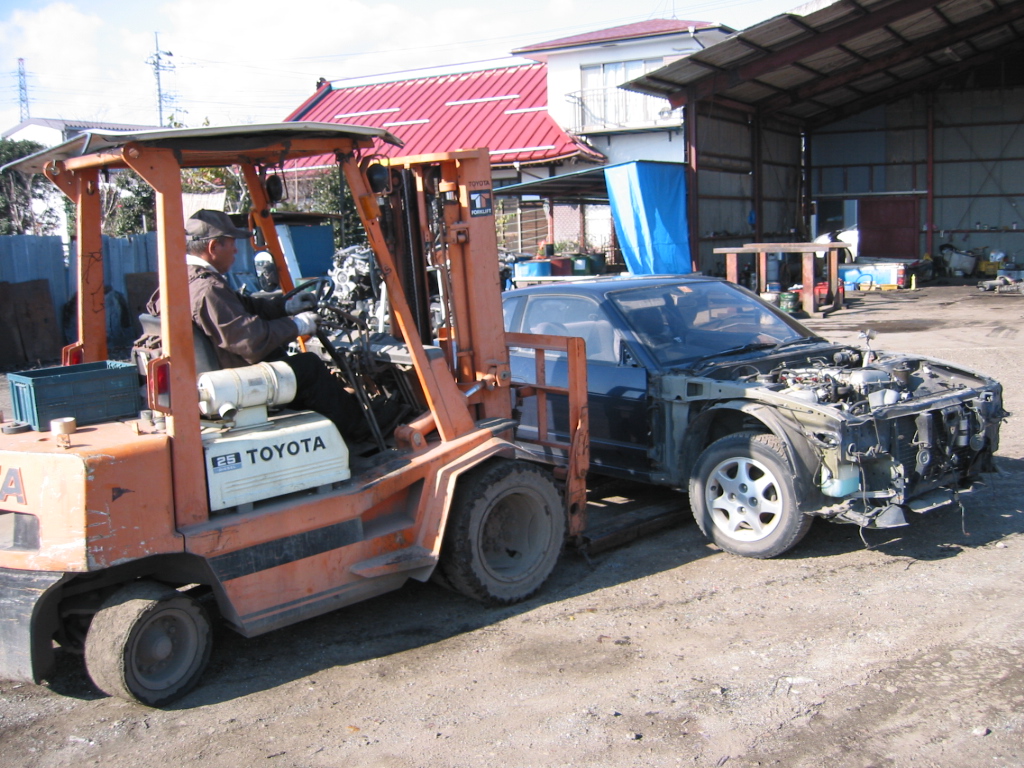
The car would be put on the rack were the fluids would be drained:
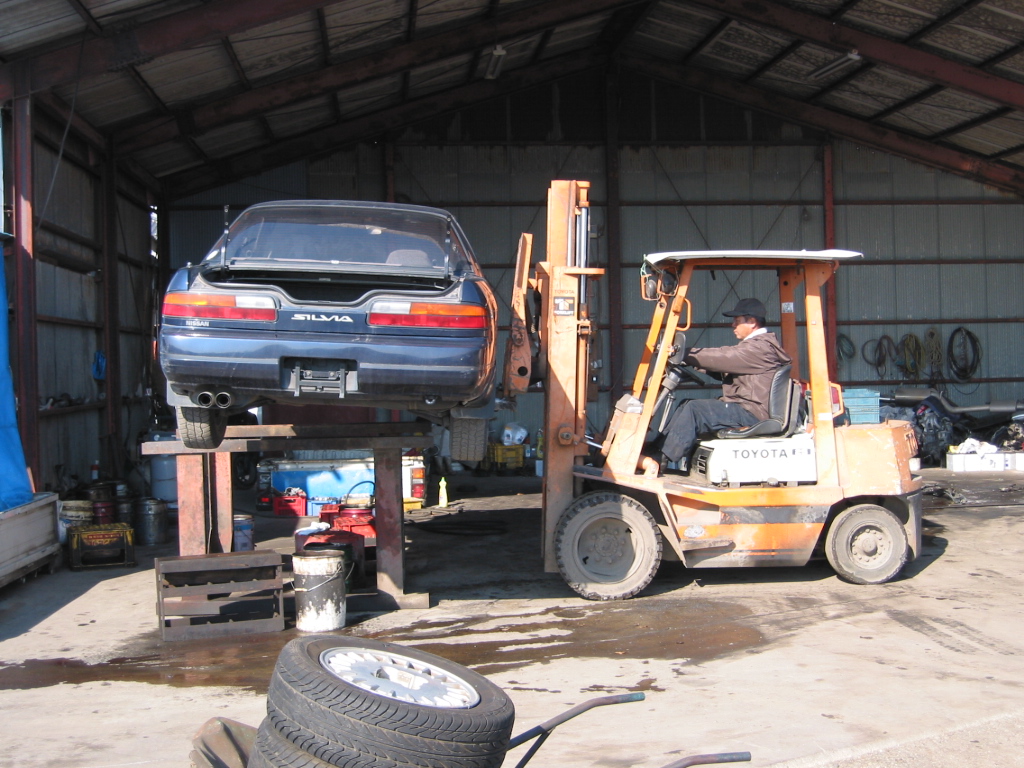
And then the car would be tipped on the side, the bolts removed, and the engine set removed from the car:
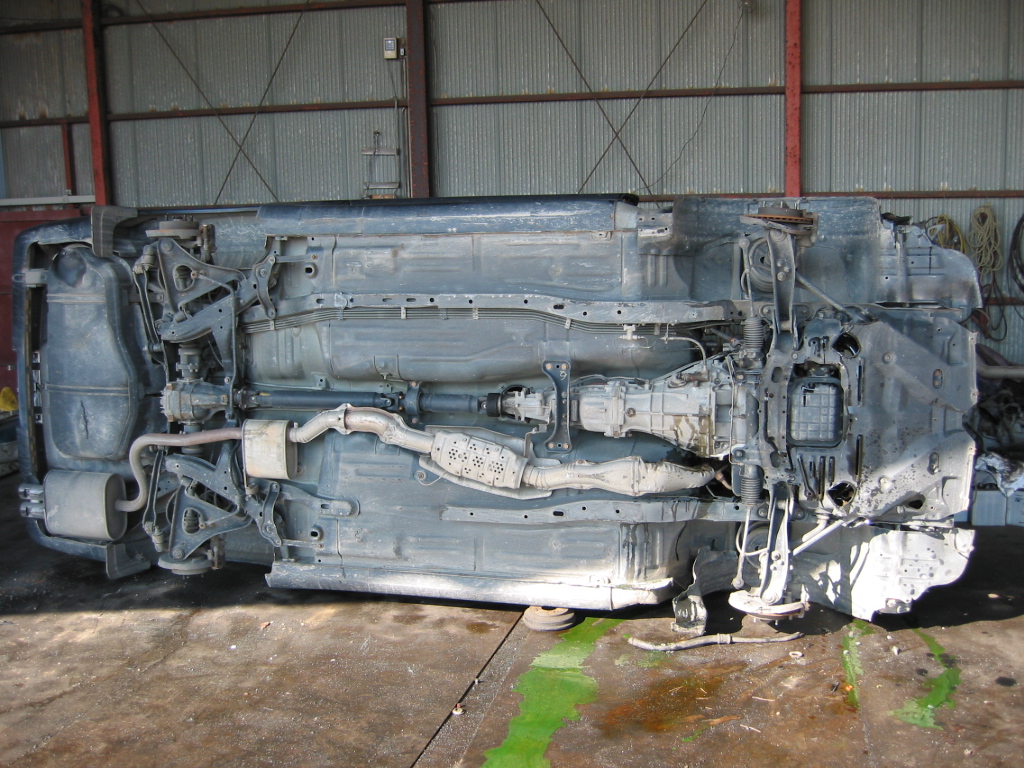
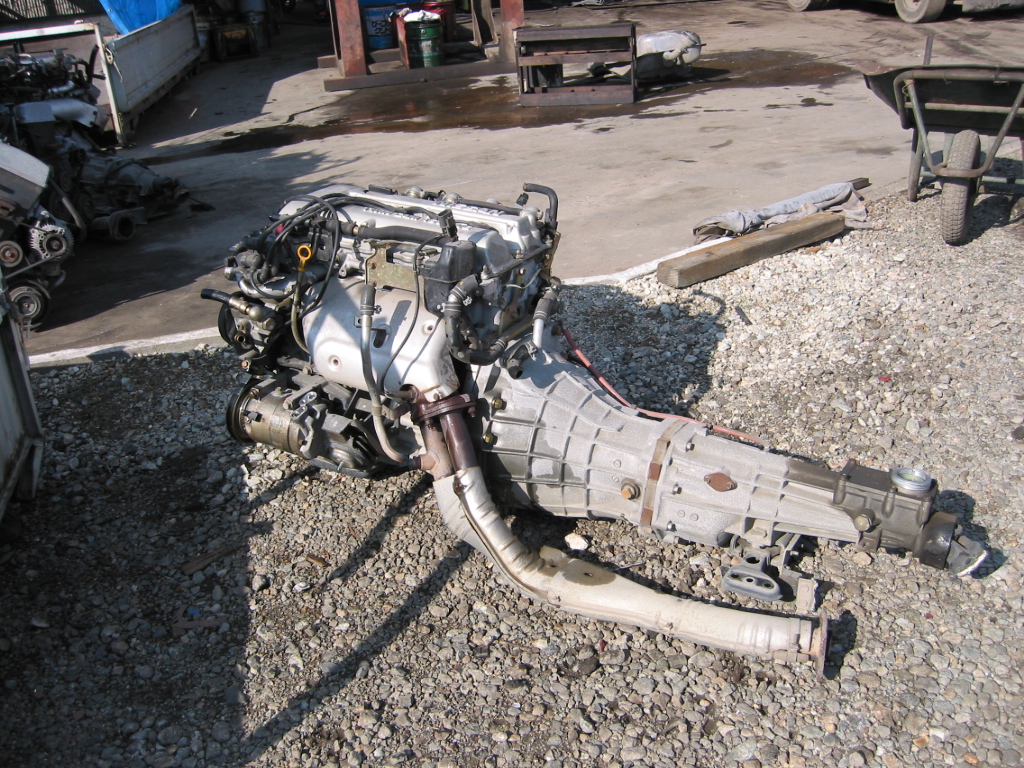
The rest of the chassis would be then scrapped and added to the recycling pile:
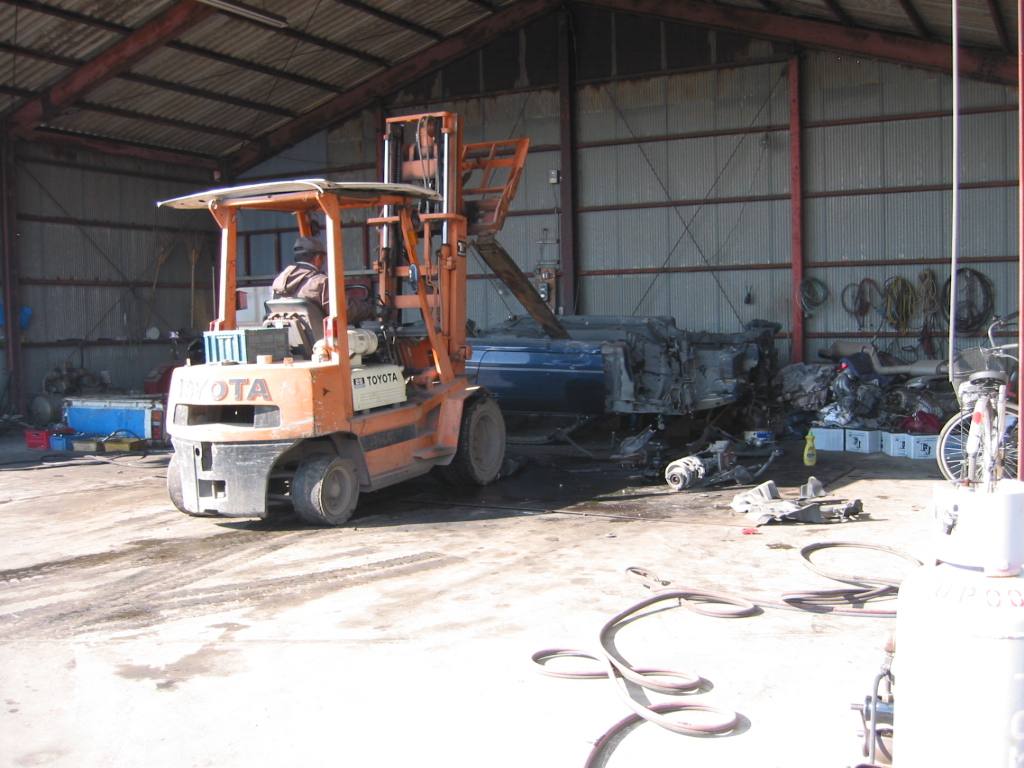
So that is a "Motor Set"-- a complete engine/trans setup that is perfectly suited for a swap into a Datsun Roadster.
You will also hear Japanese engine importers refer to "Half-Cuts"-- here is what those are and how they were processed.
The Donor-- in this case a SR20DET powered Nissan 180SX:
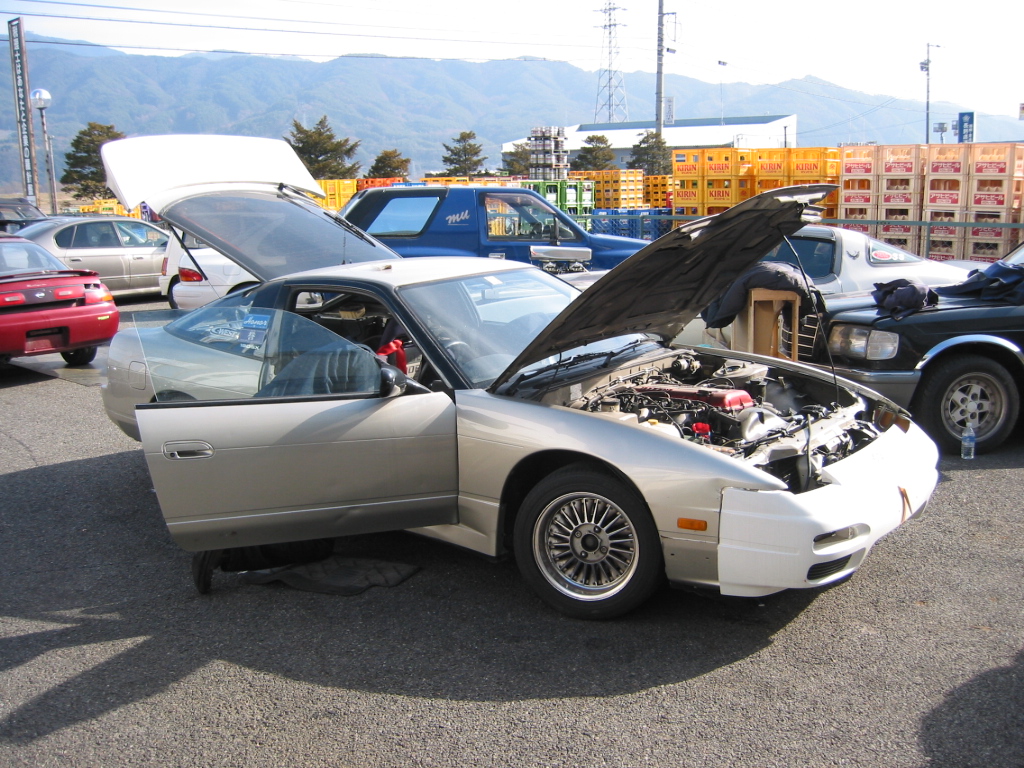
For a lot of the turbo cars, we would import them as half cuts as they were being sold to 240SX guys who wanted all the parts to convert their USDM cars to JDM spec.
Doors and seats were removed, and then out came the sawzall to cut across the windshield:
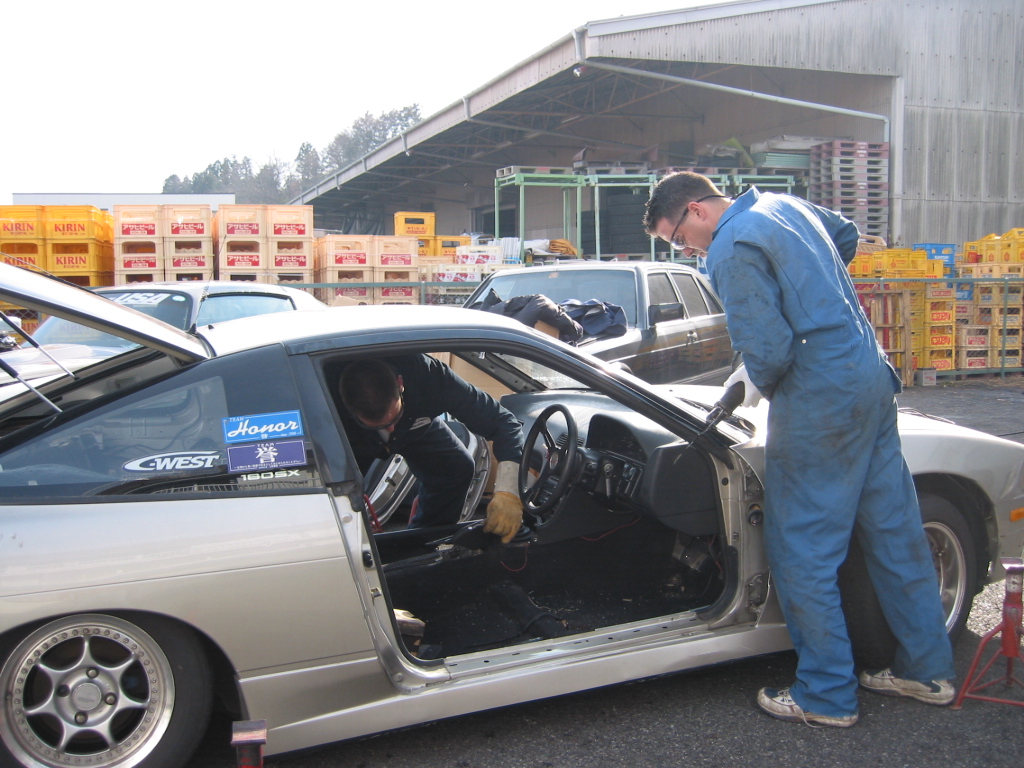
The car was then jacked up and cut across the floor behind the transmission:
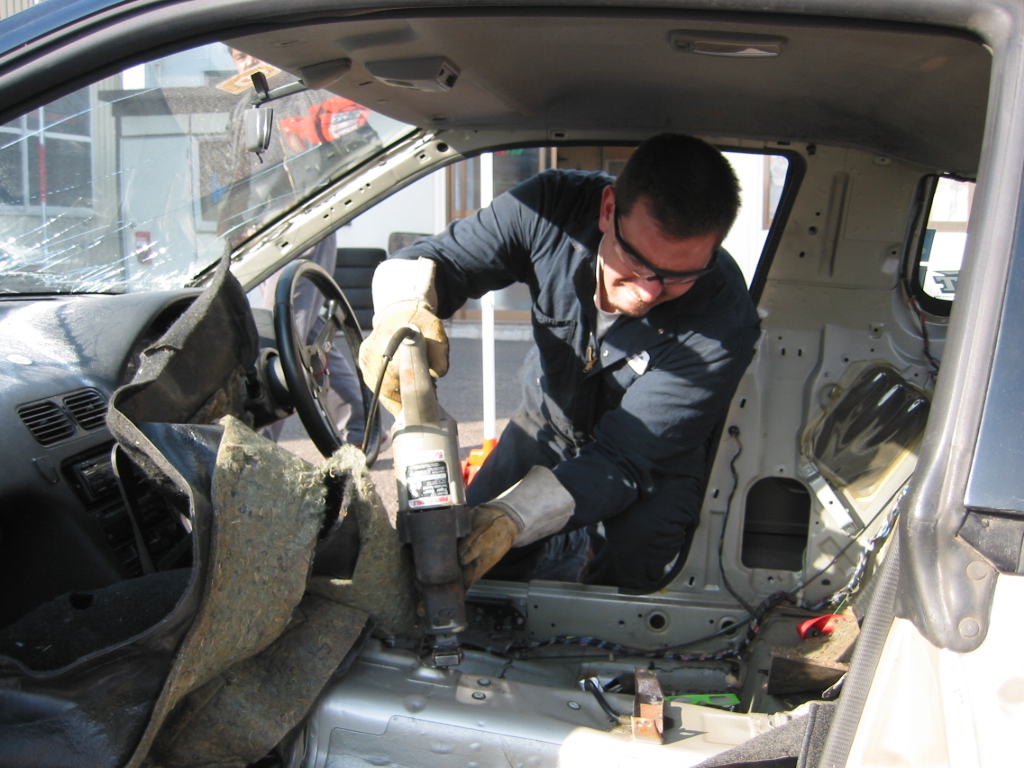
And within a few minutes, a "half cut" car was ready to be loaded into the container:
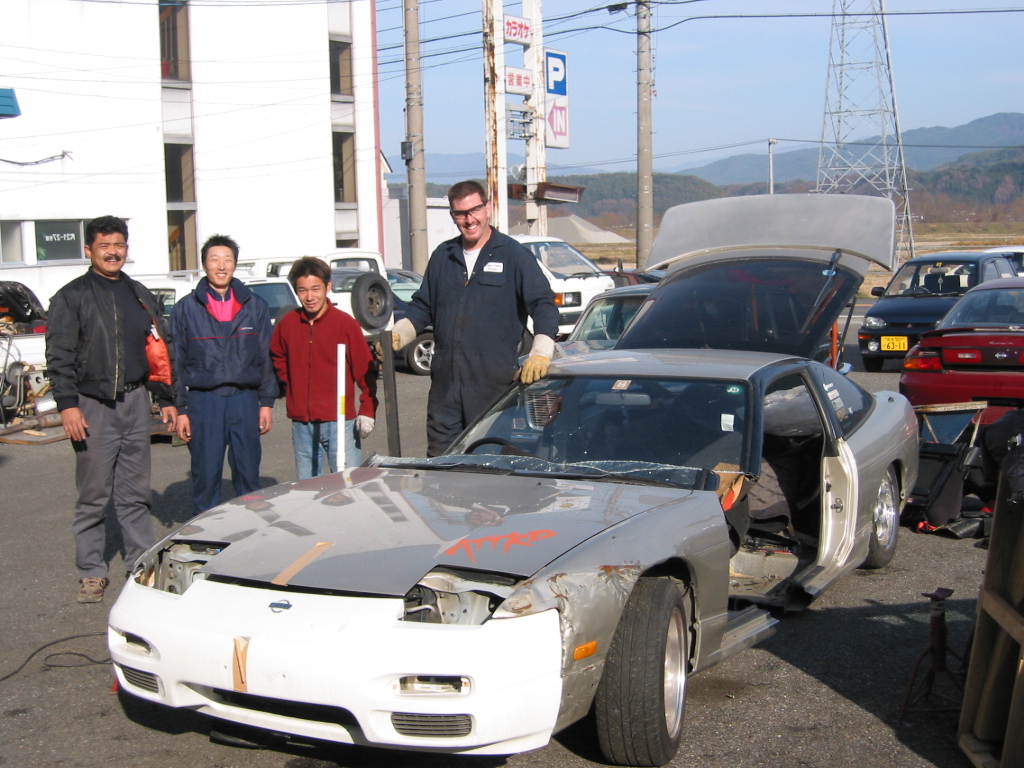
Typical land/sea engine loads looked like this-- Motor sets on the bottom, a layer of interior seats and cushions, and then the half cuts on top:
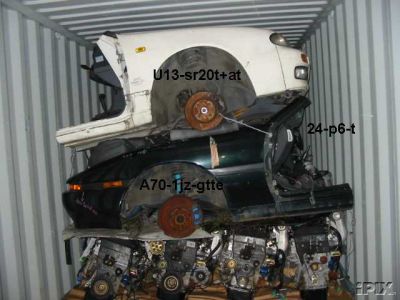
And then shipped to the USA where we would unpack and distribute them:
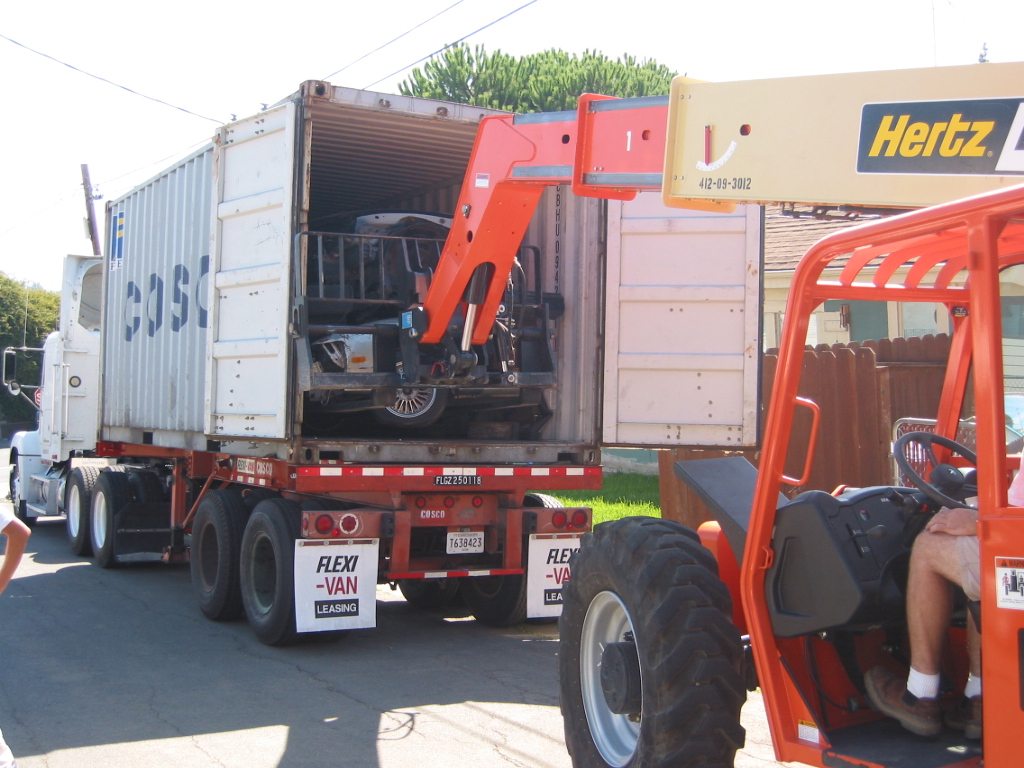
Sadly, we no longer import our own half cuts and engine sets due to work and family commitments these days (but we sure had a blast when we were!) There are no end of Japanese engine importers in North America, and SR20DE and DET engine sets can also be easily found on online places such as eBay as well.
Anyway, that is a brief tutorial on what "Motor Sets" and "Half Cuts" are, and how they get here, part II will discuss what look for when you are looking at an engine at an importer, and part III will discuss what to do with it when you get it home!
Enjoy,
Michael Spreadbury
